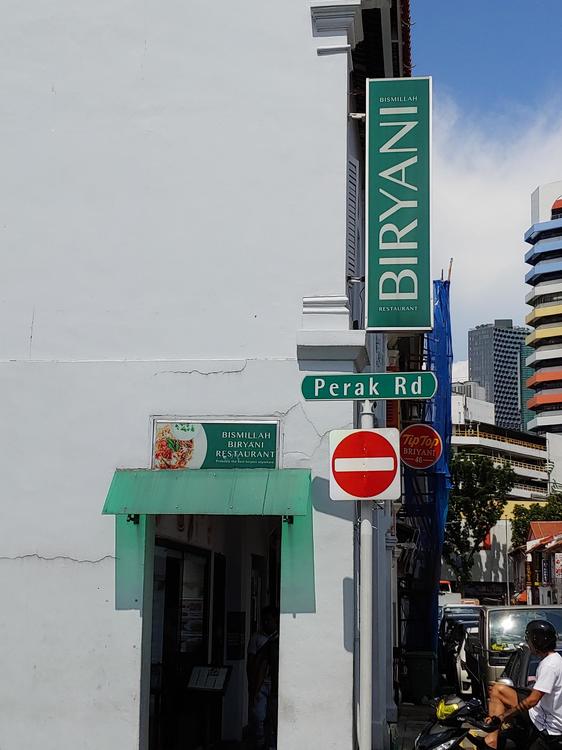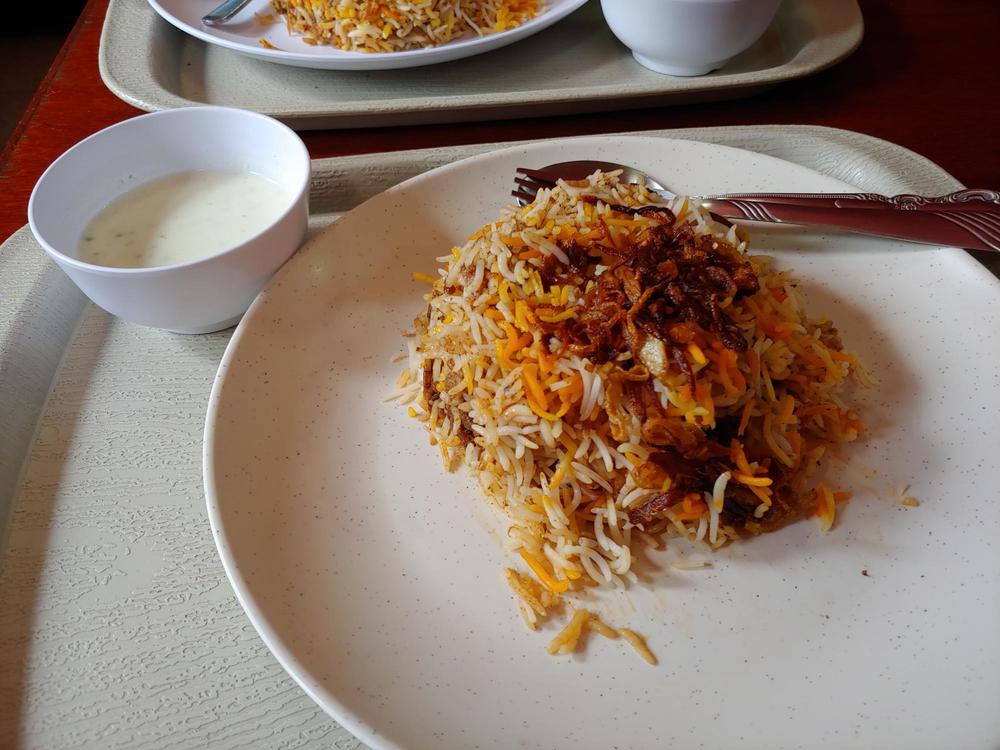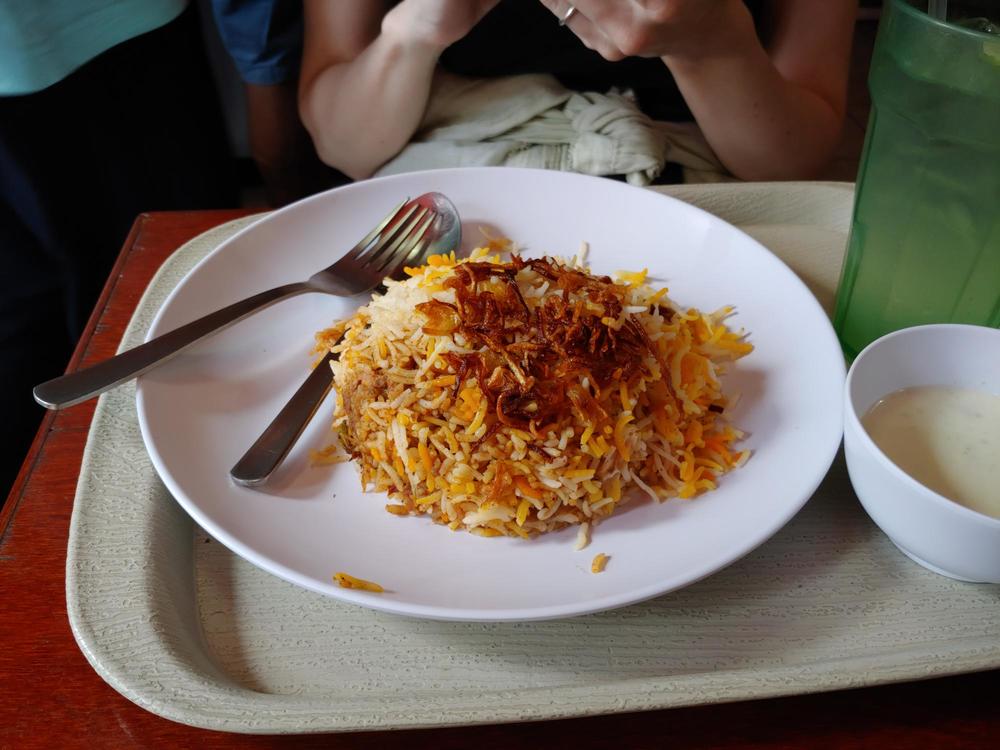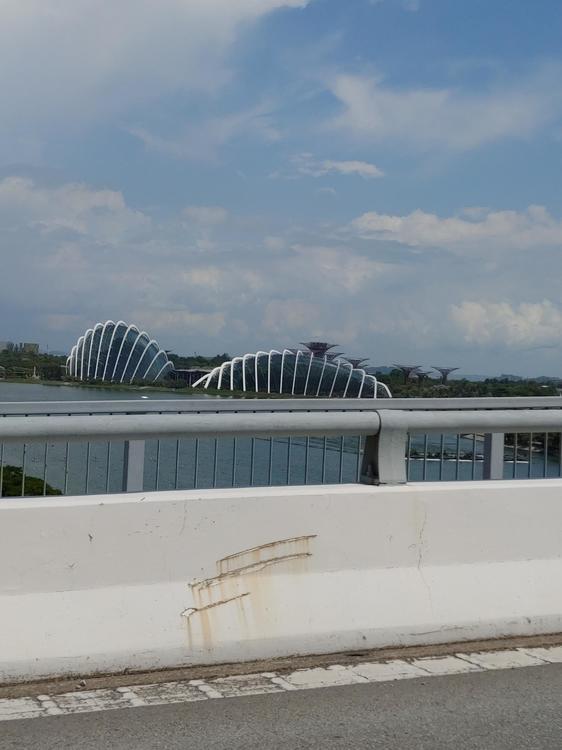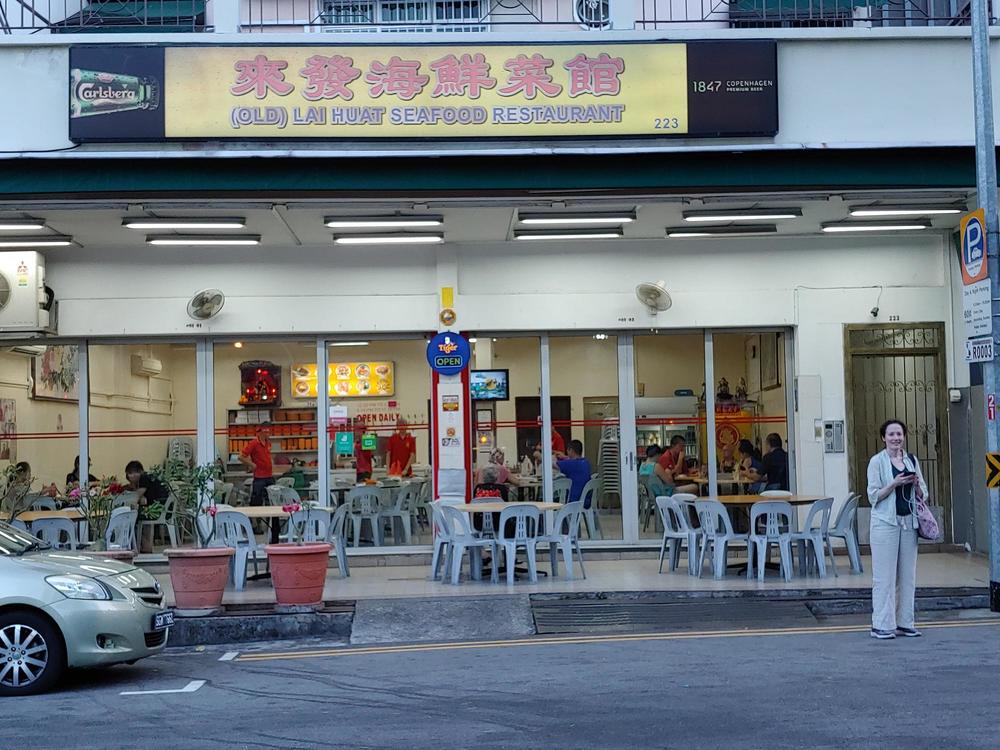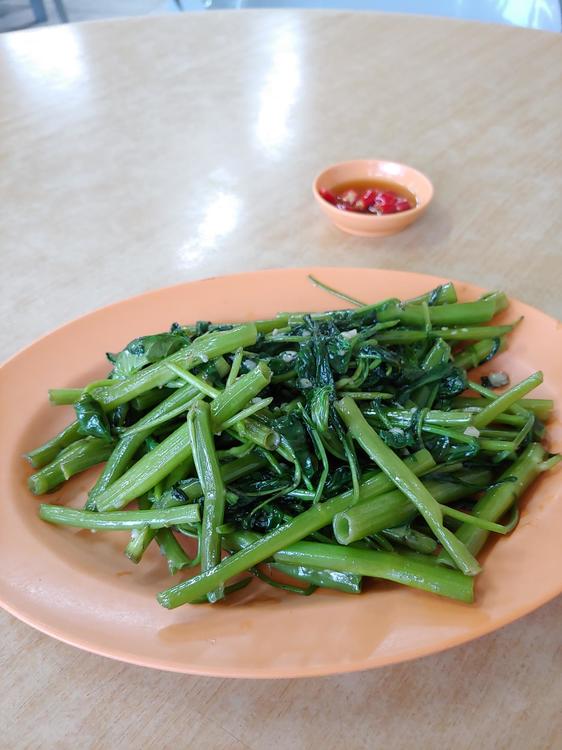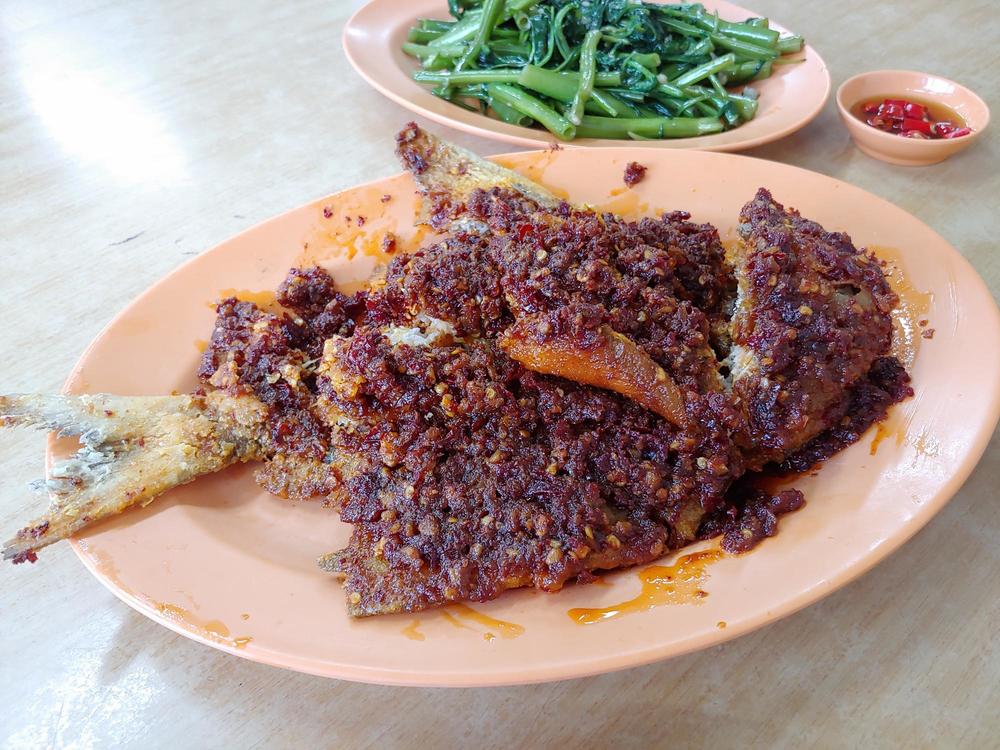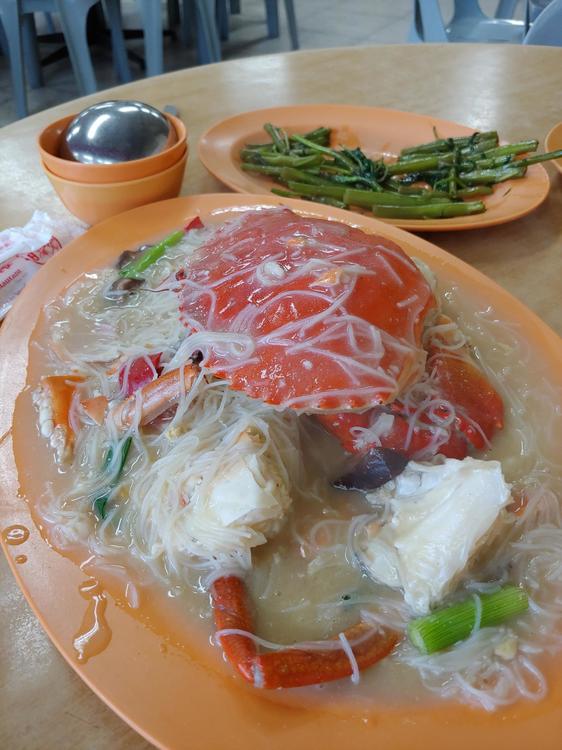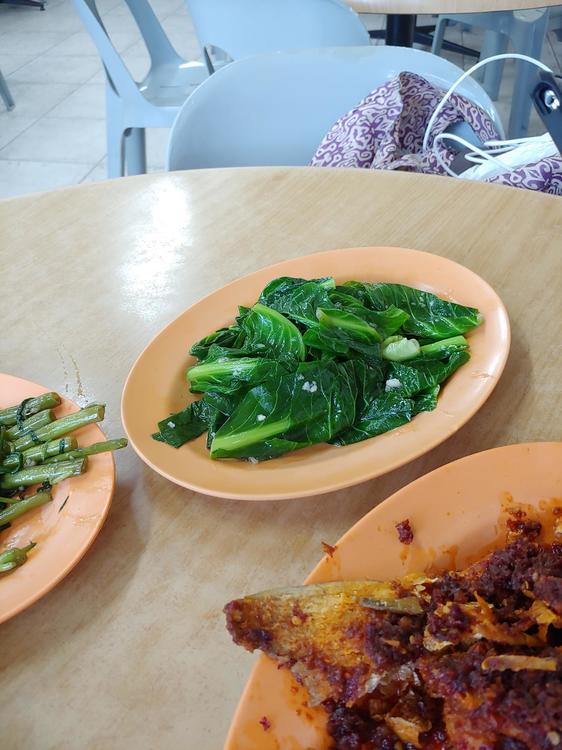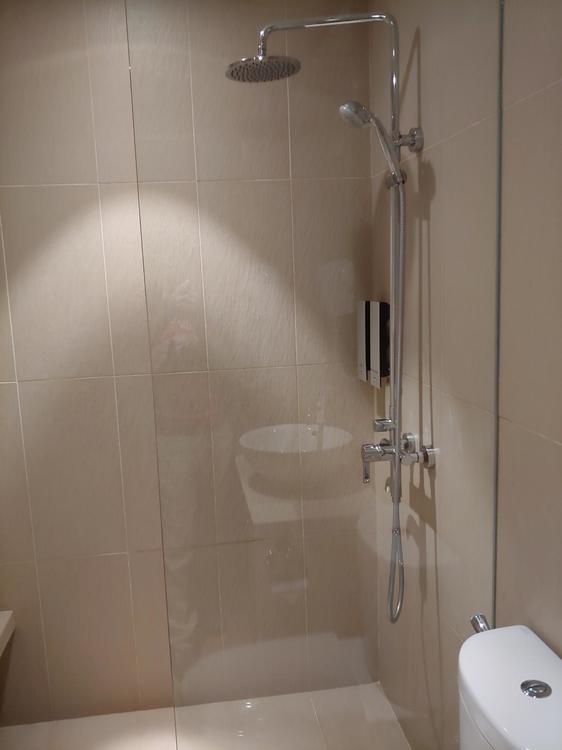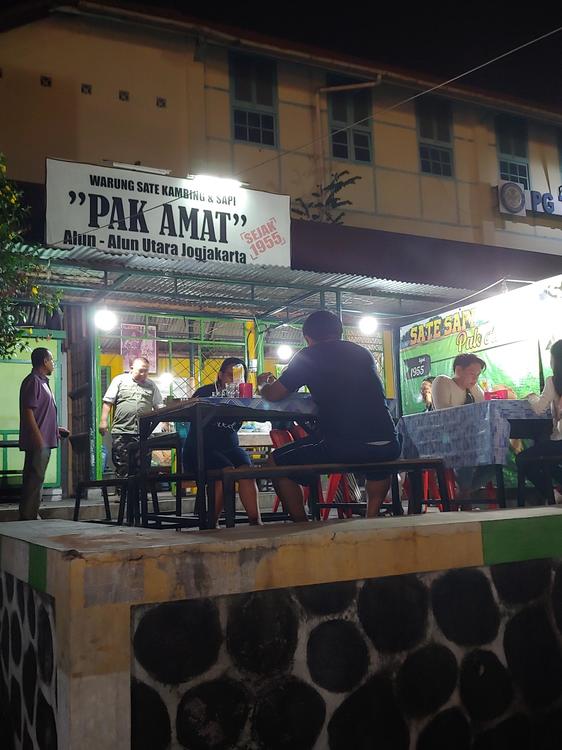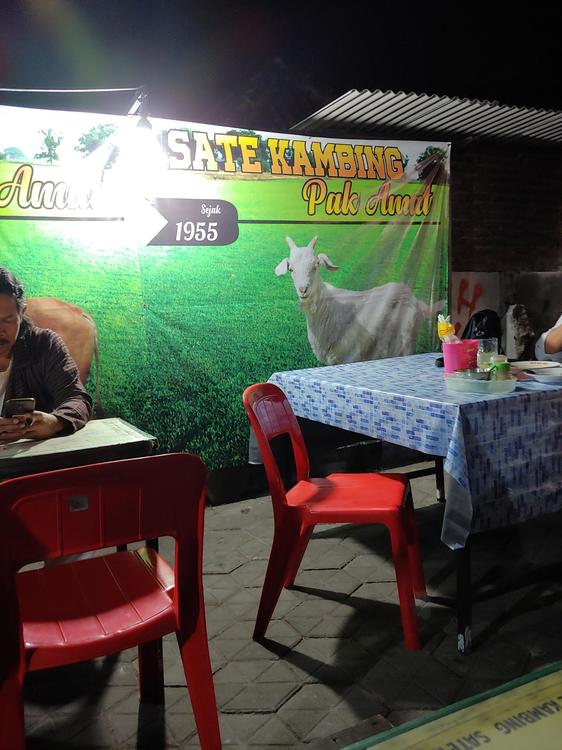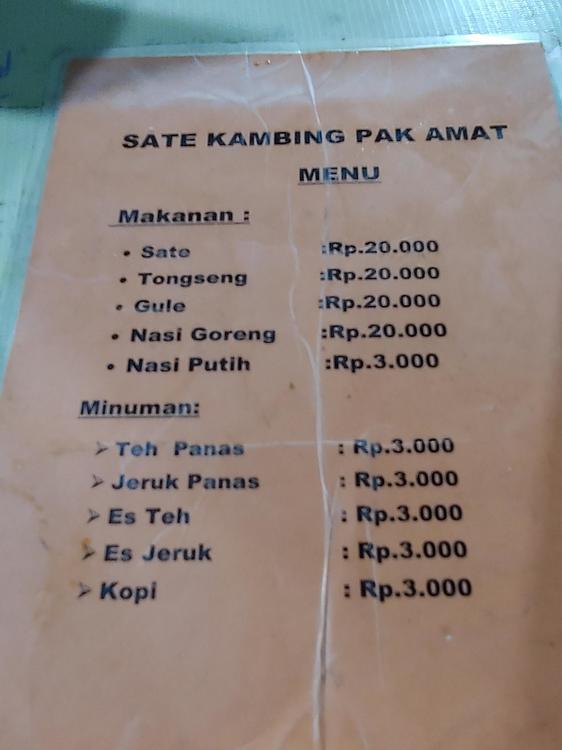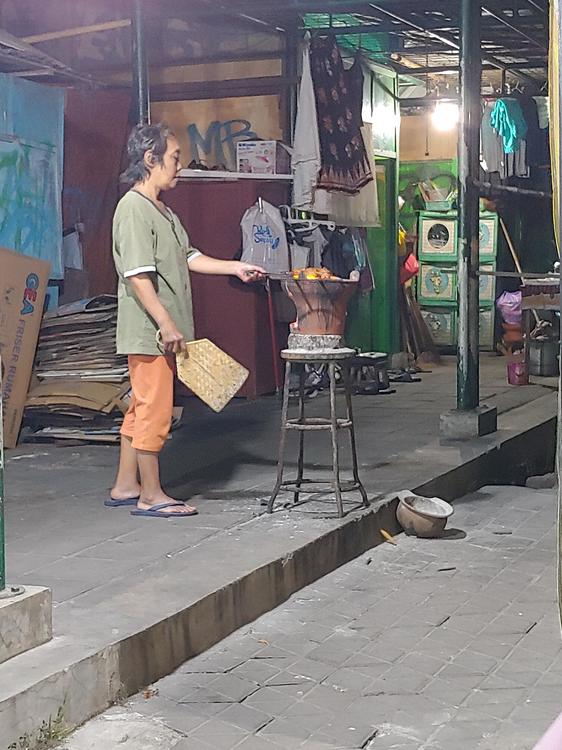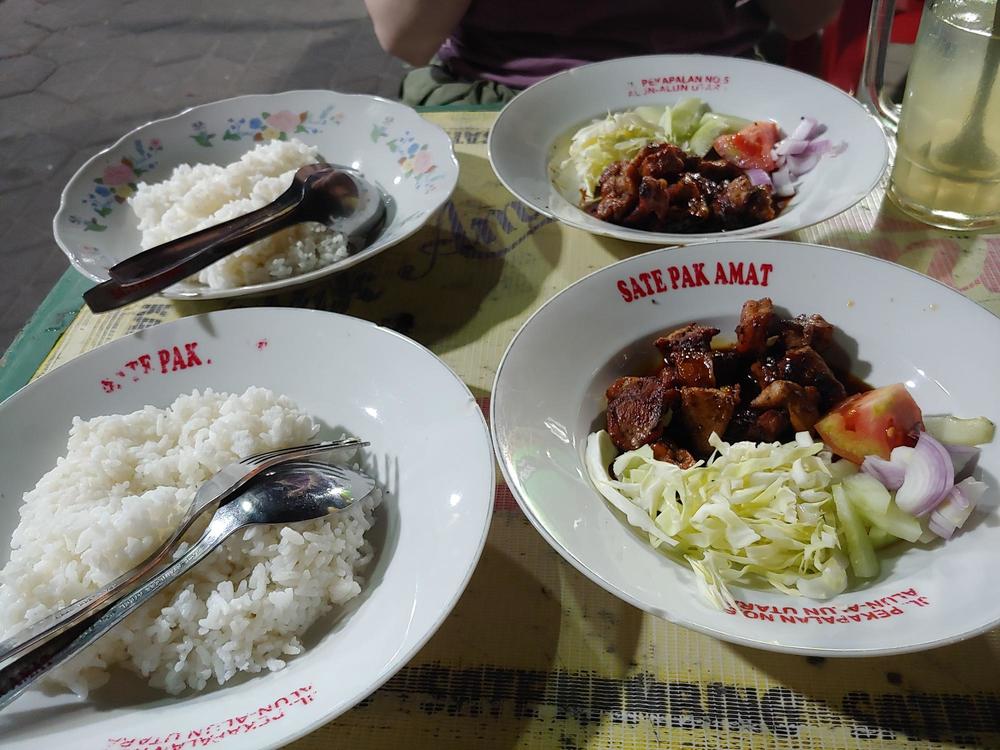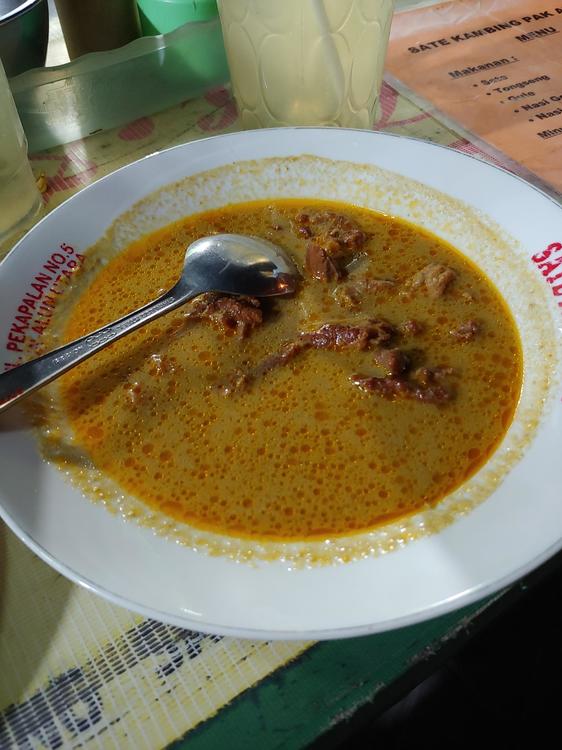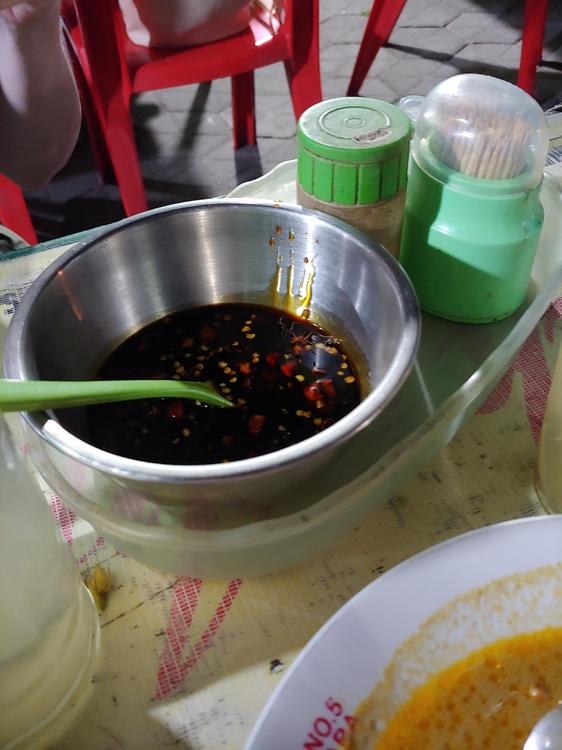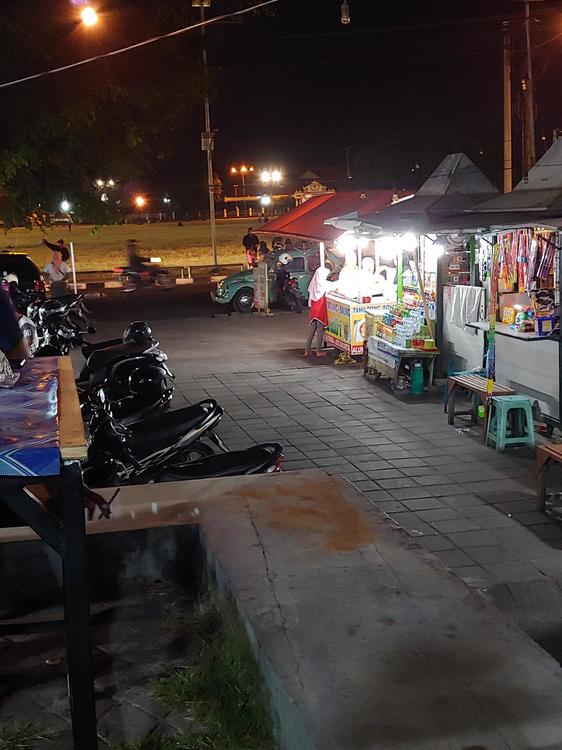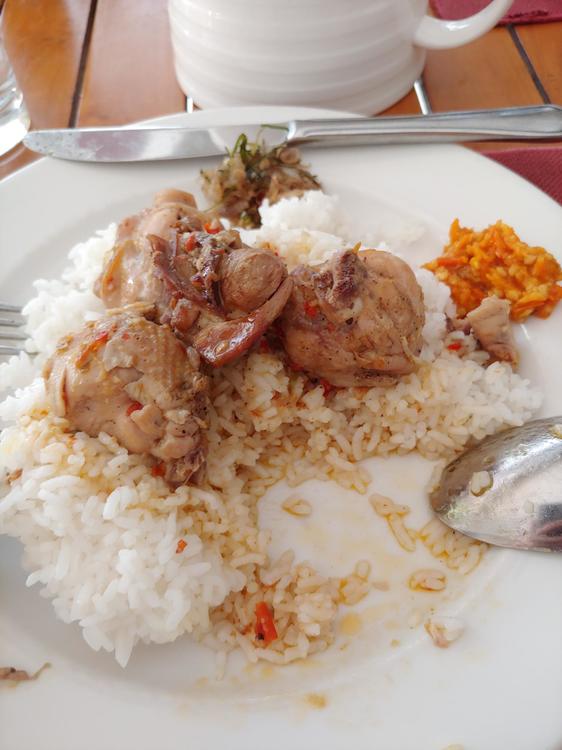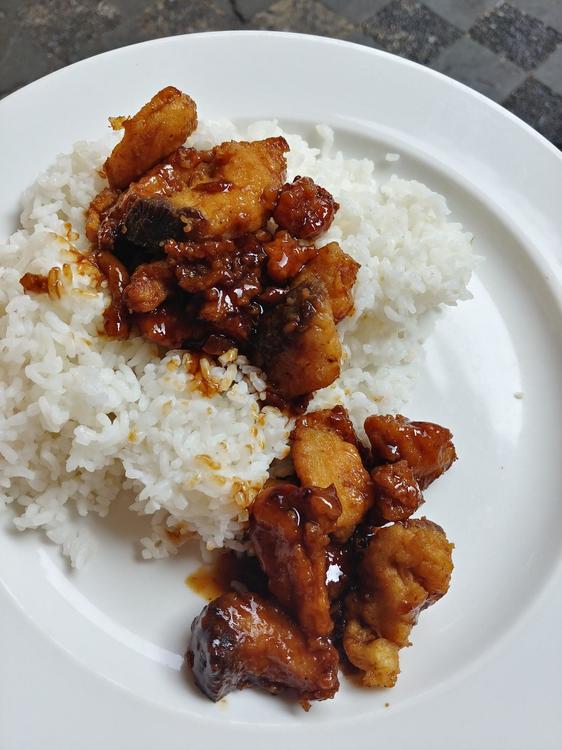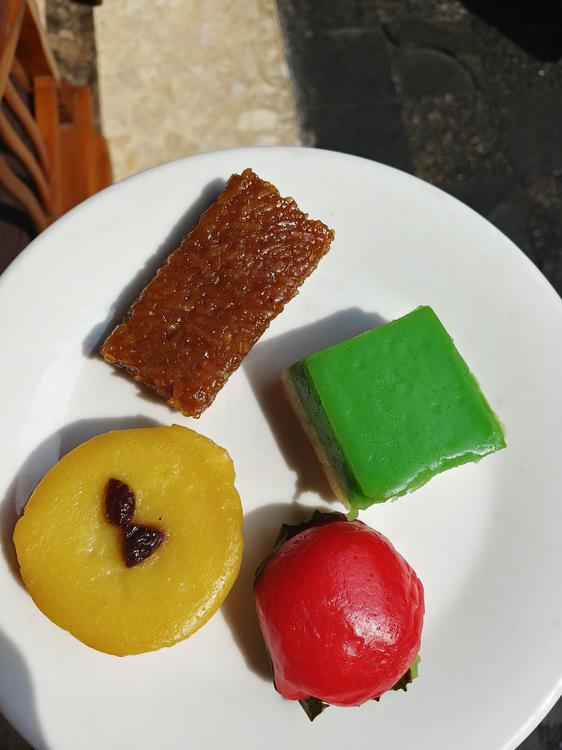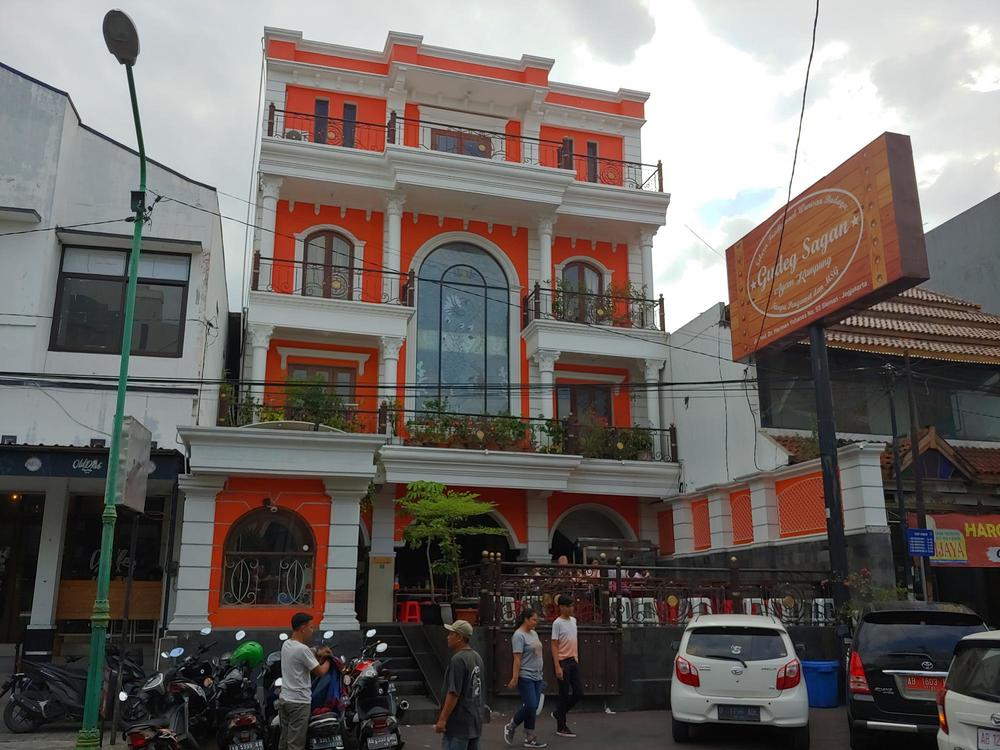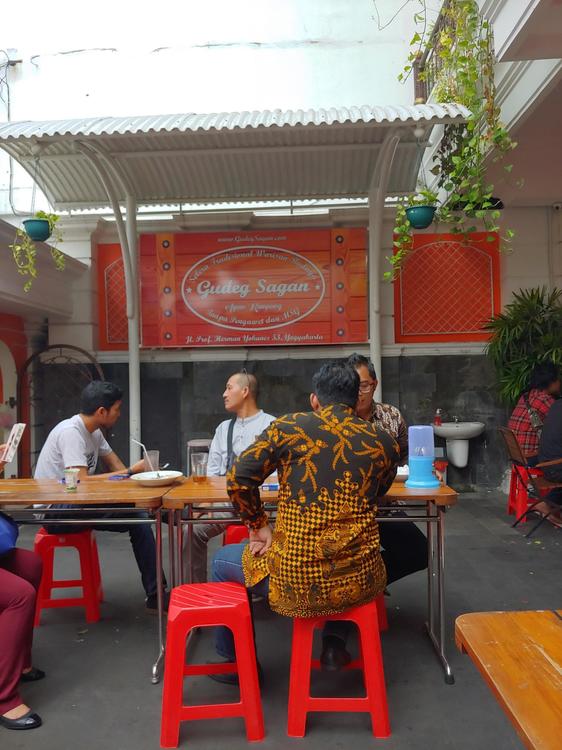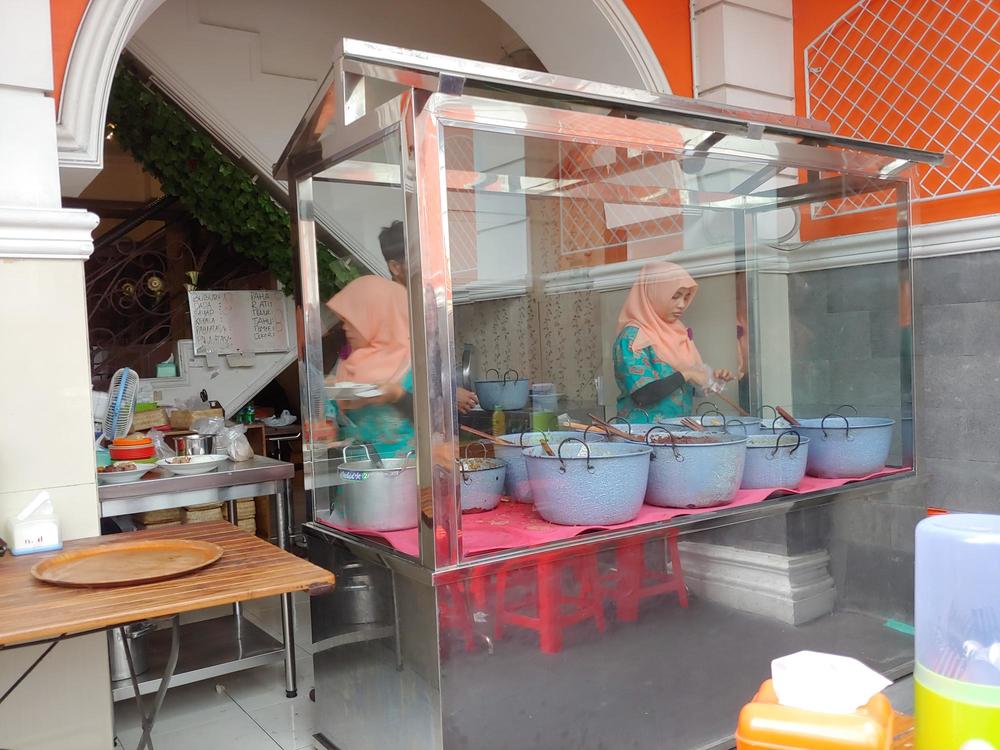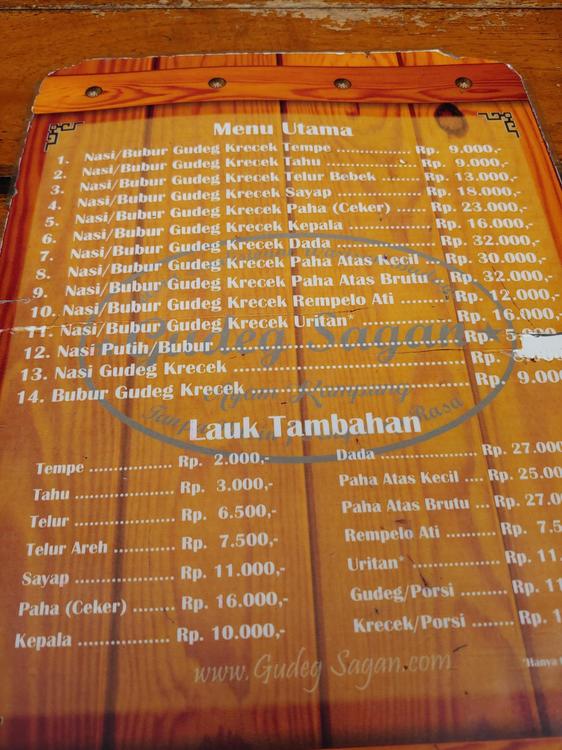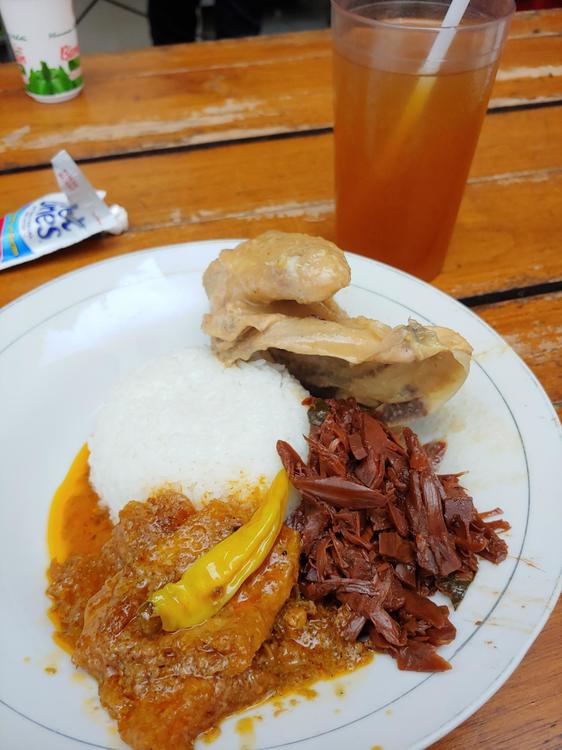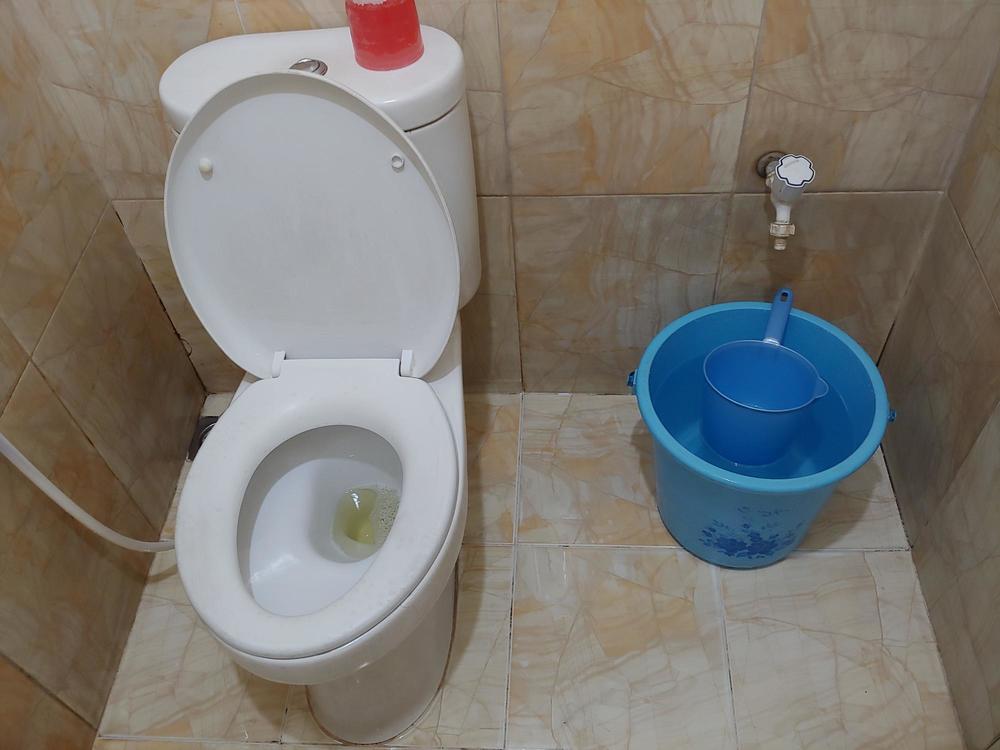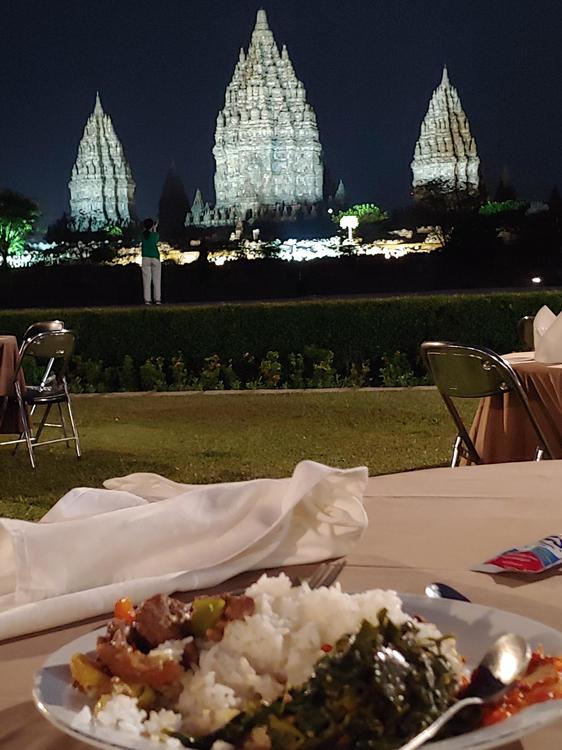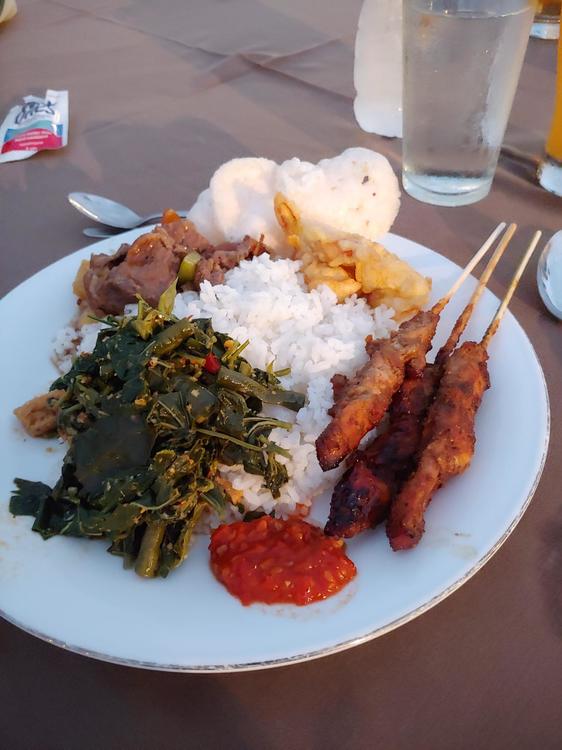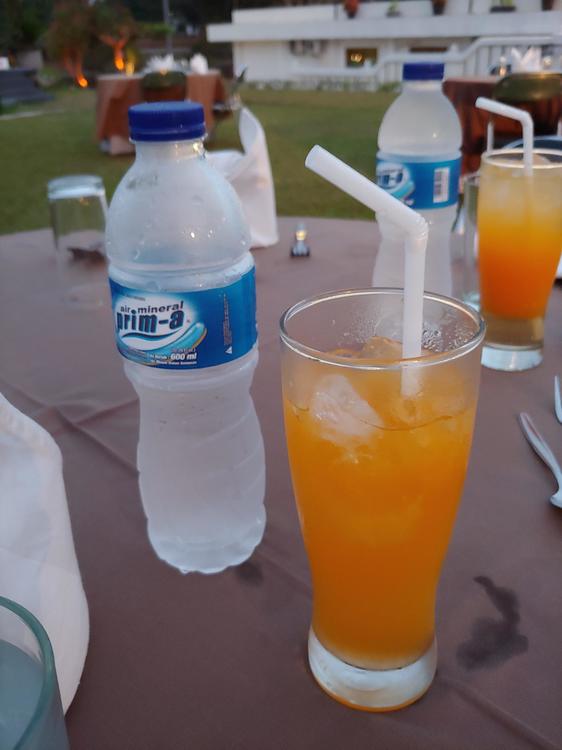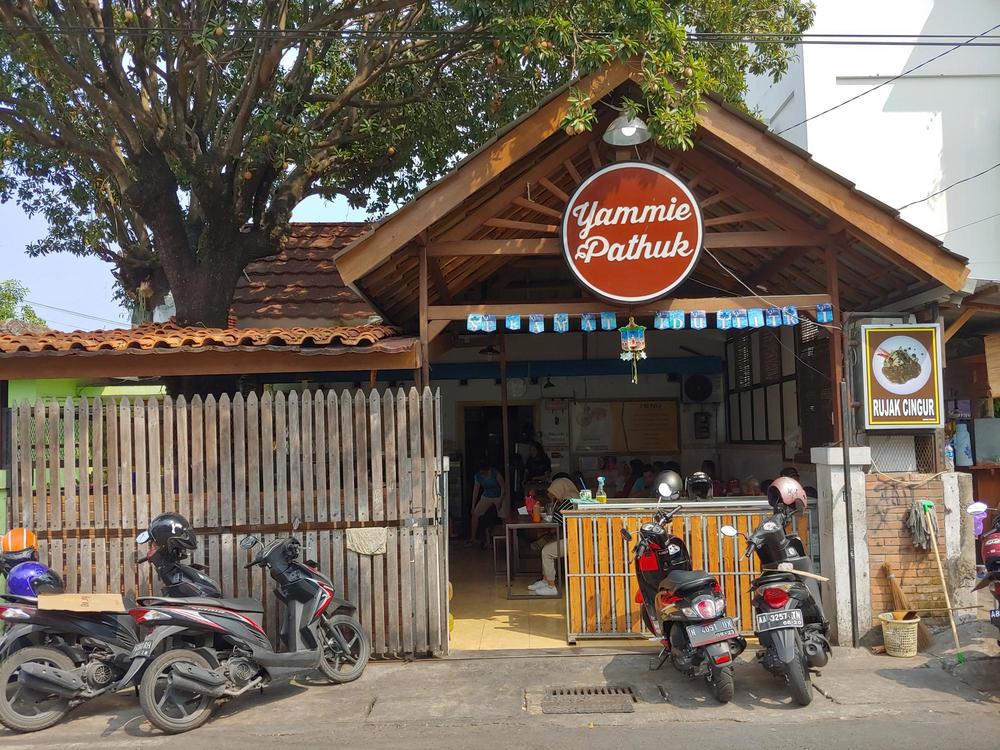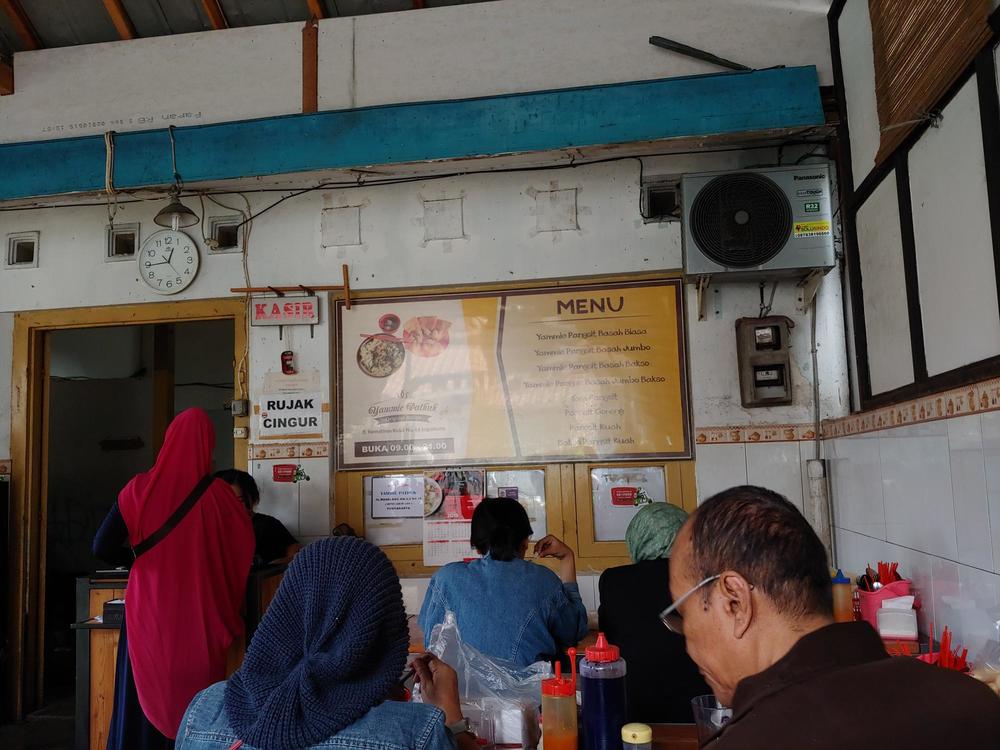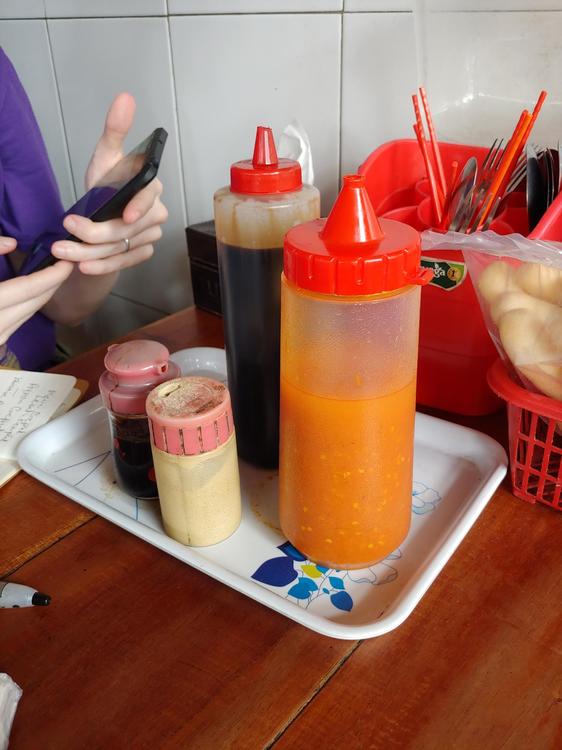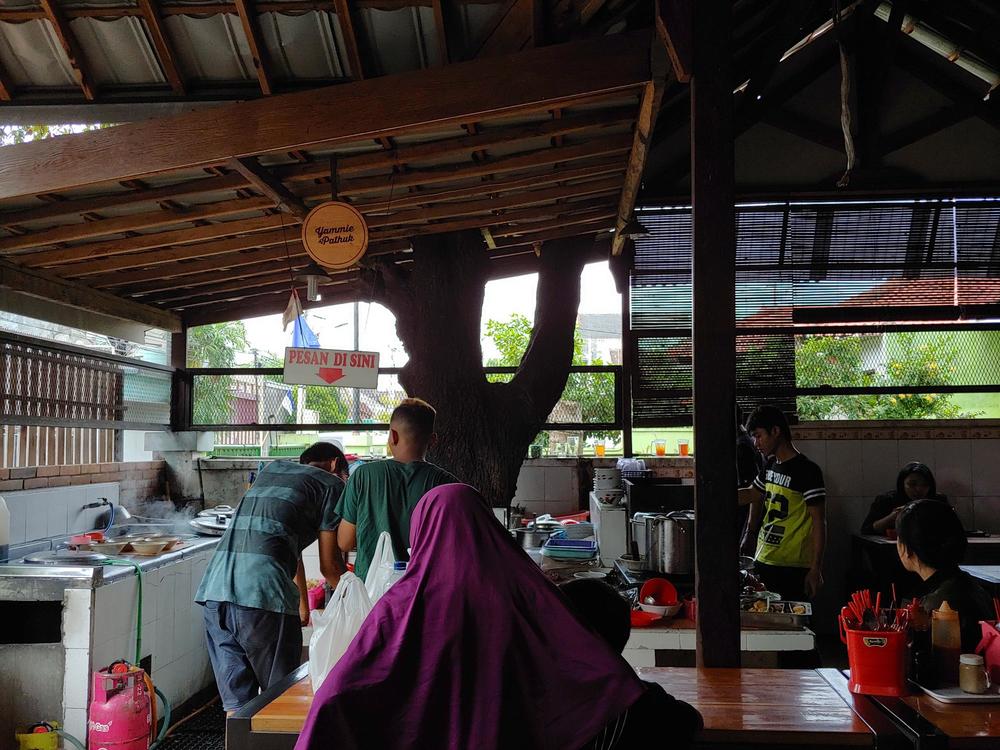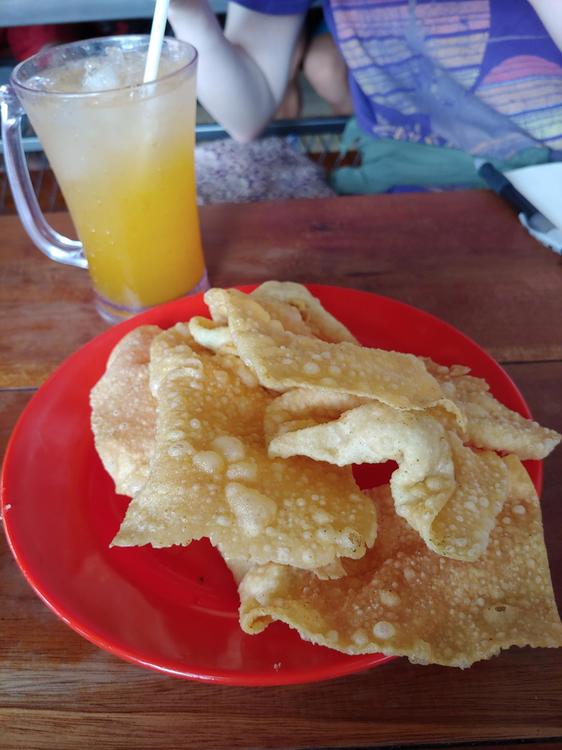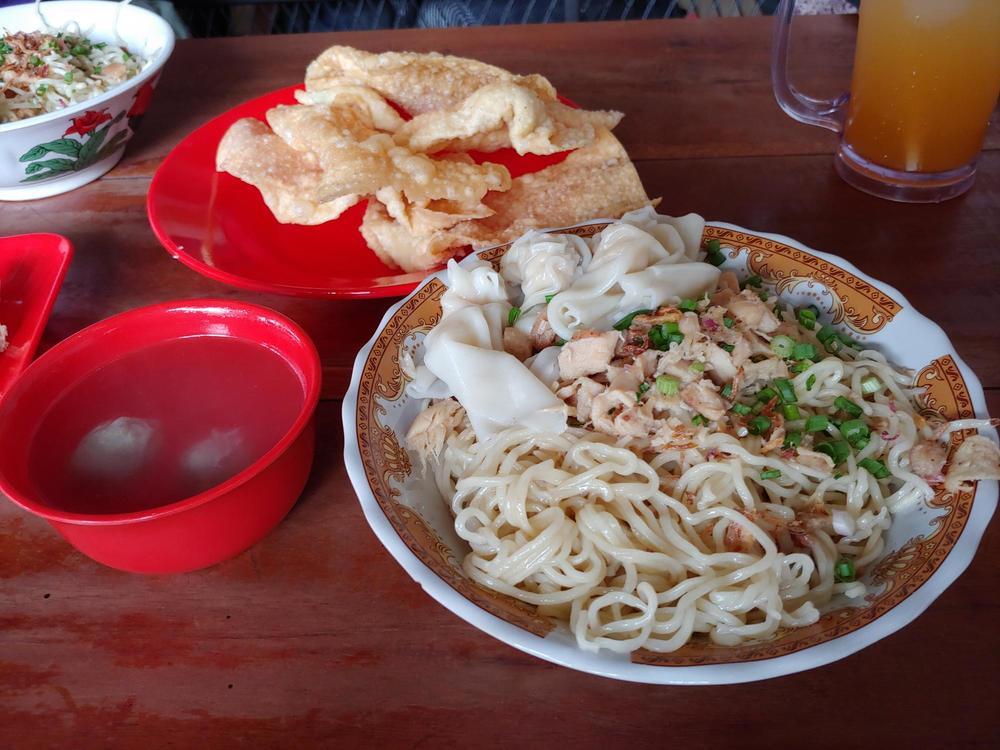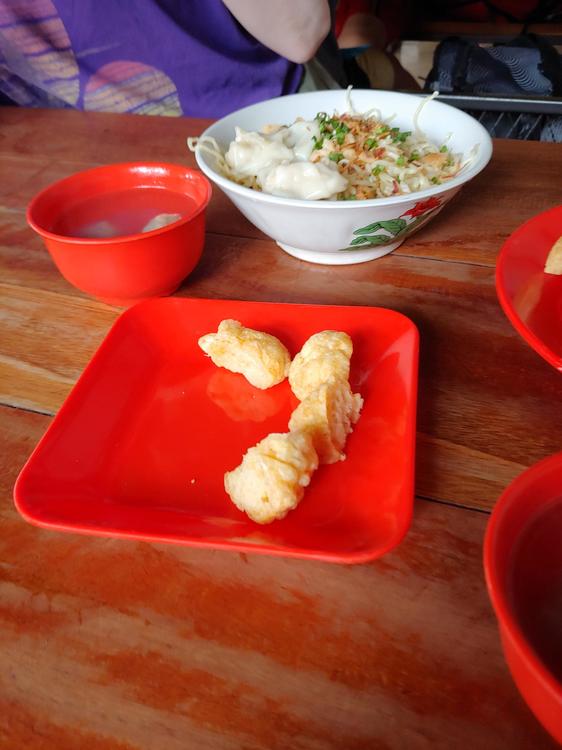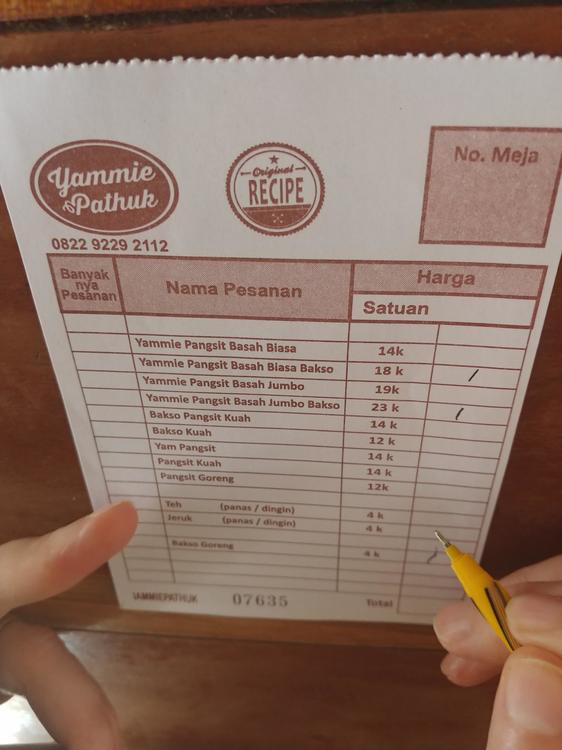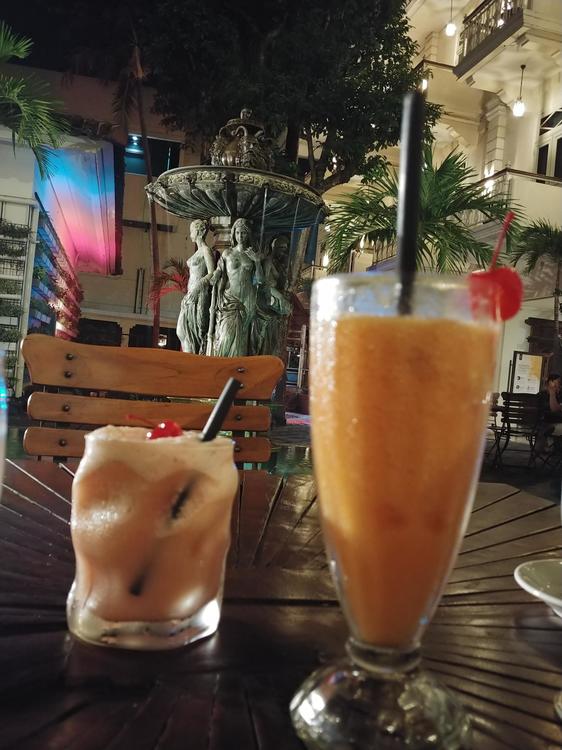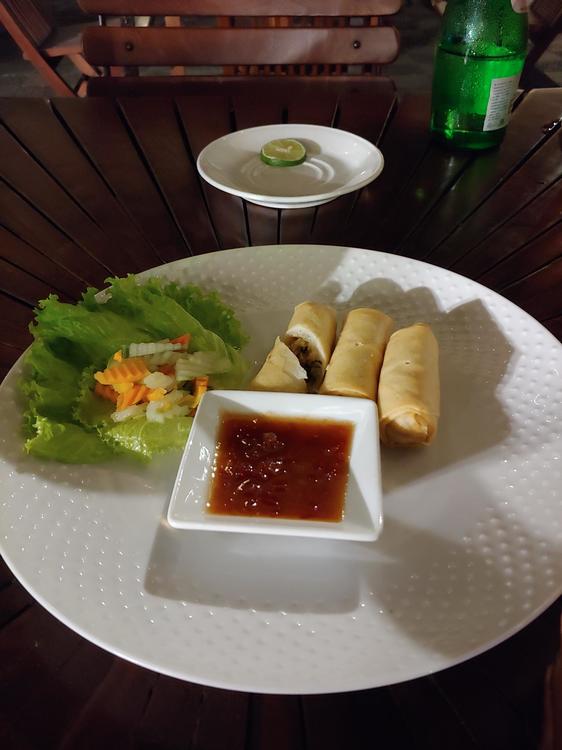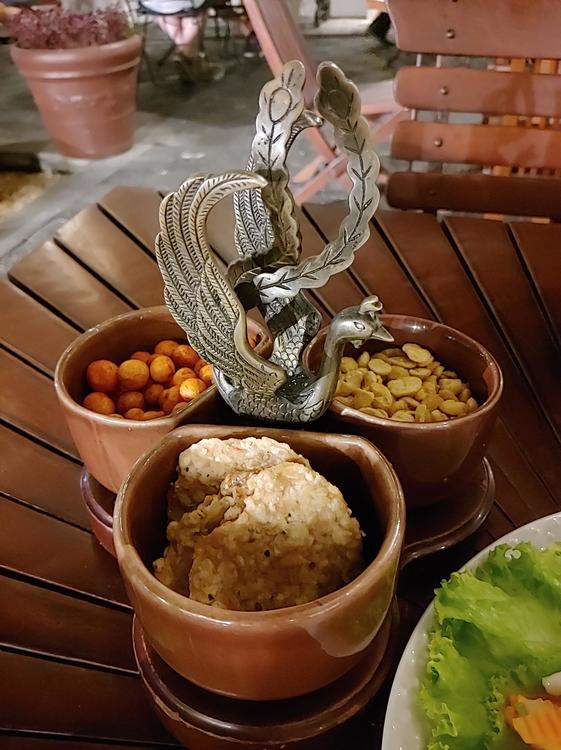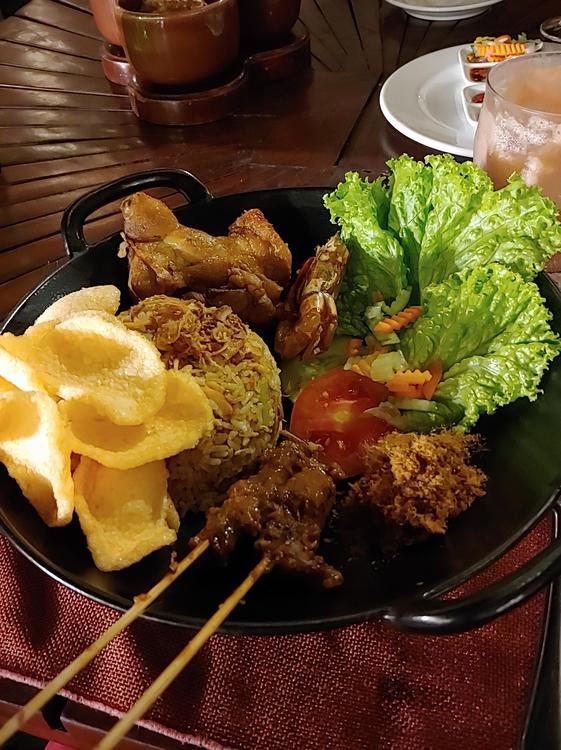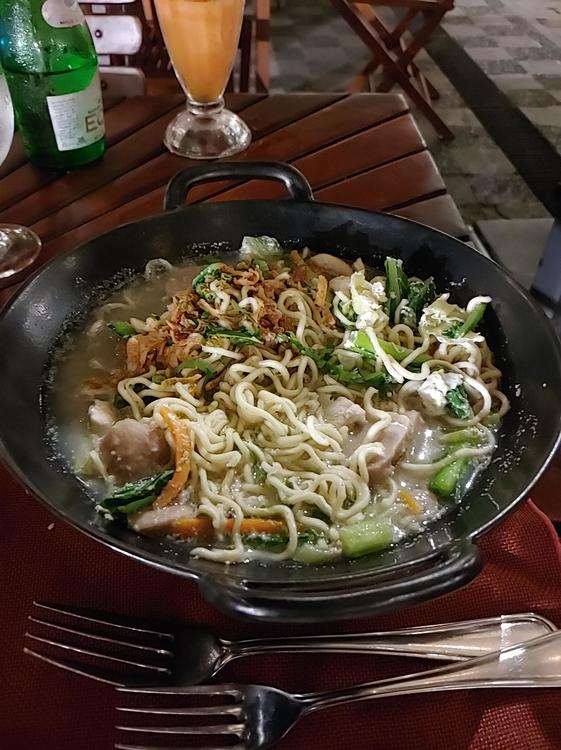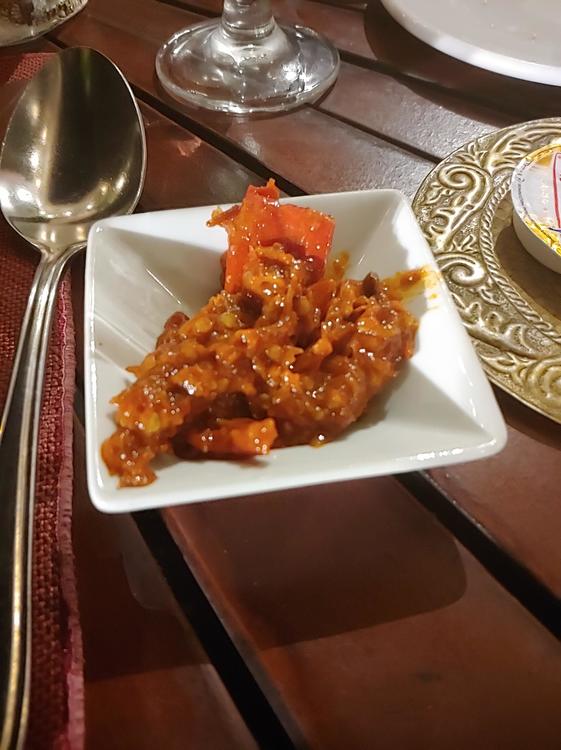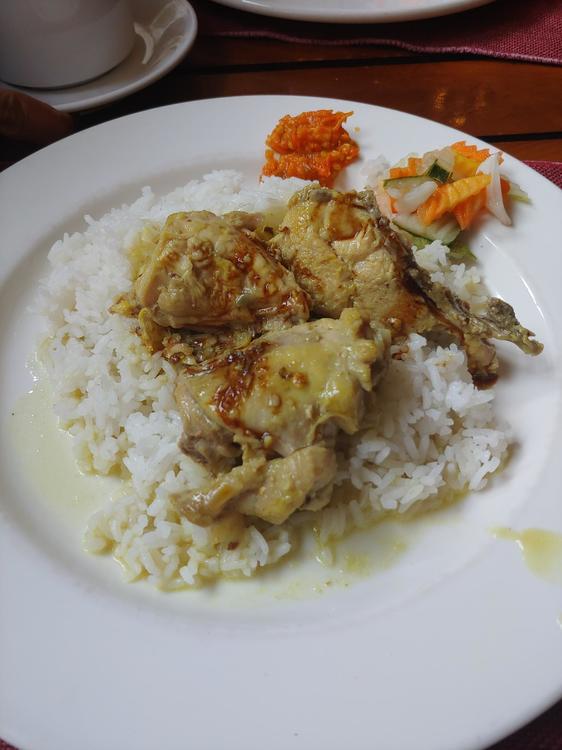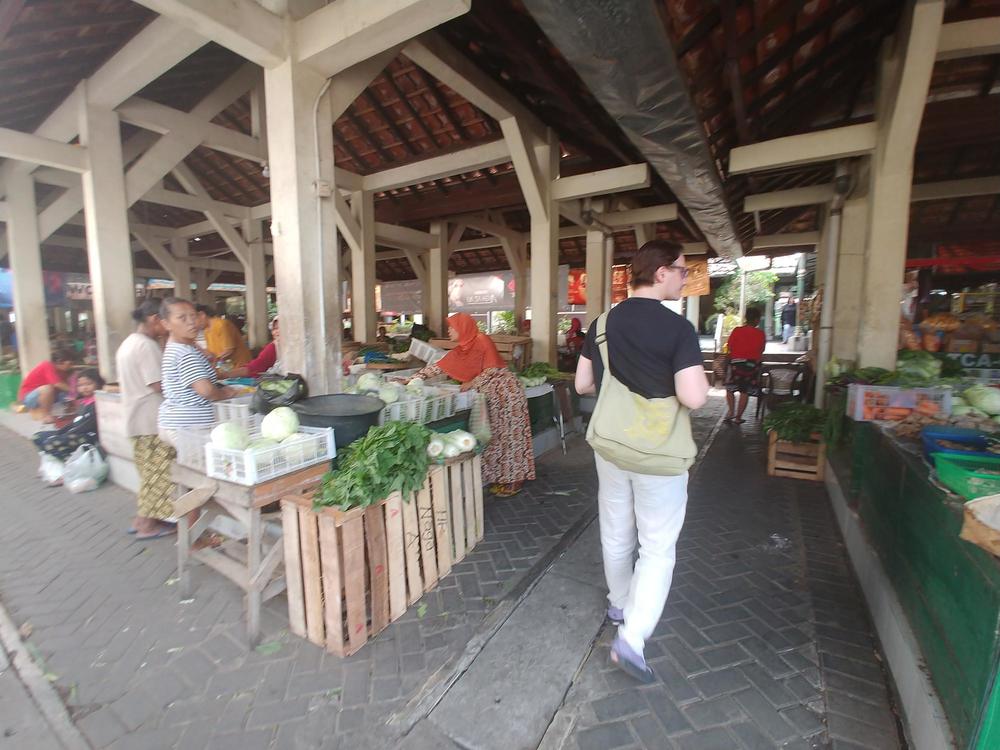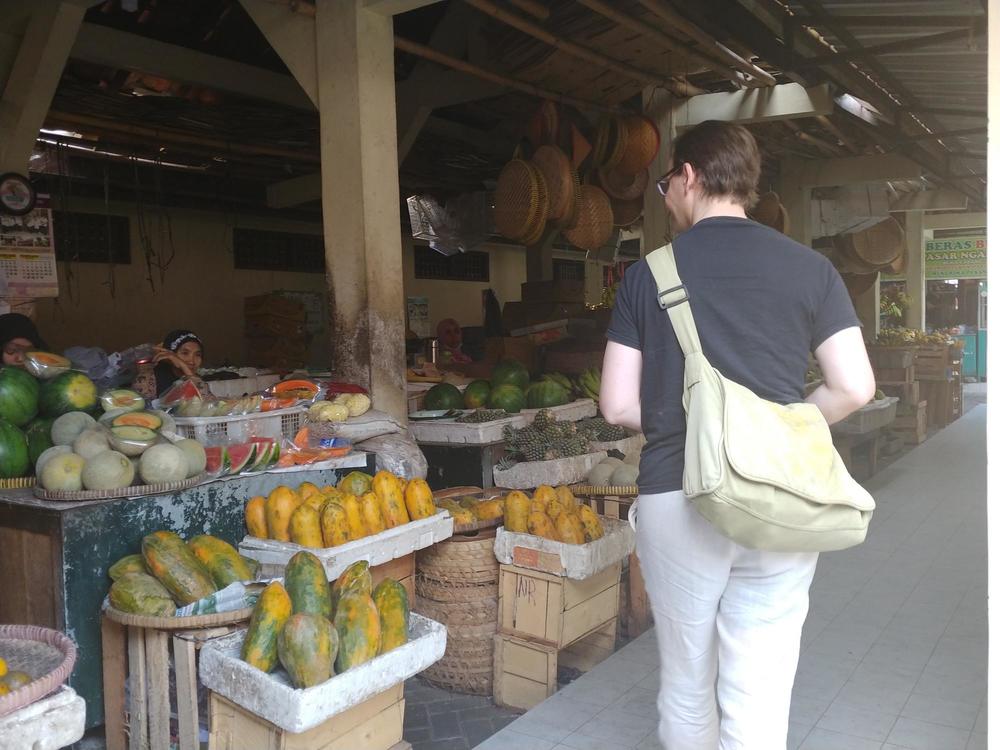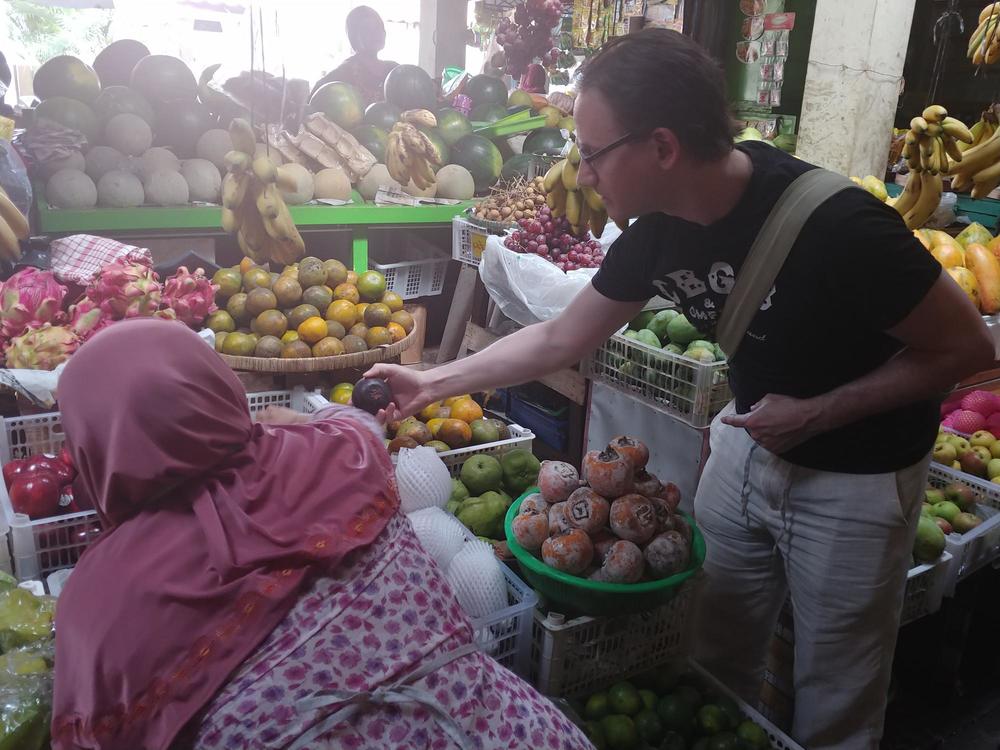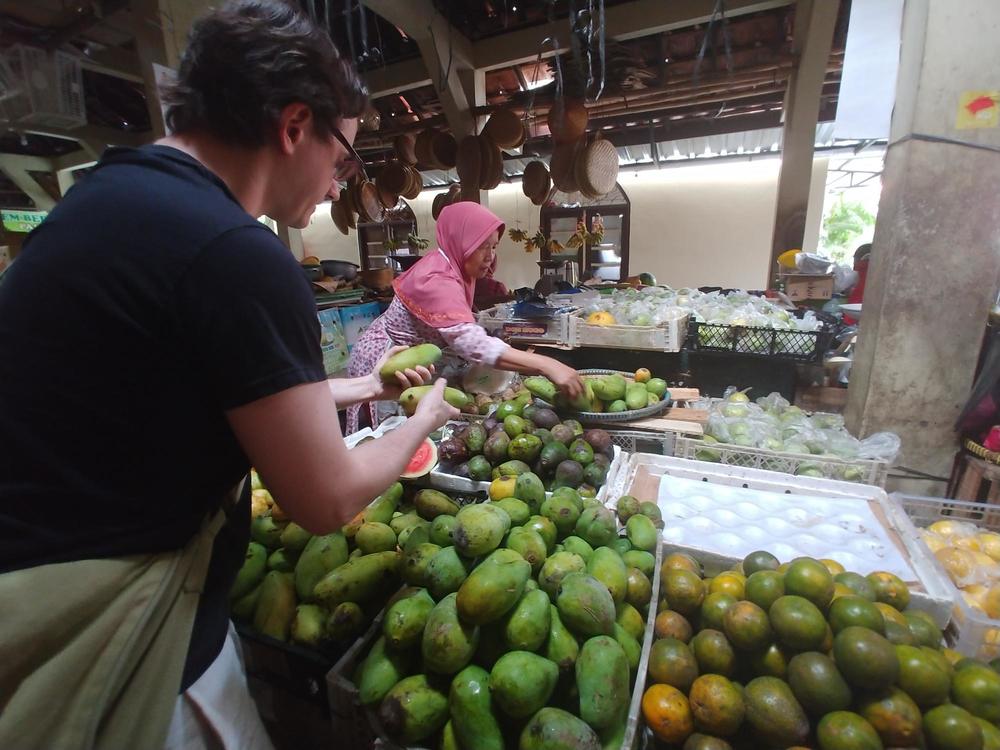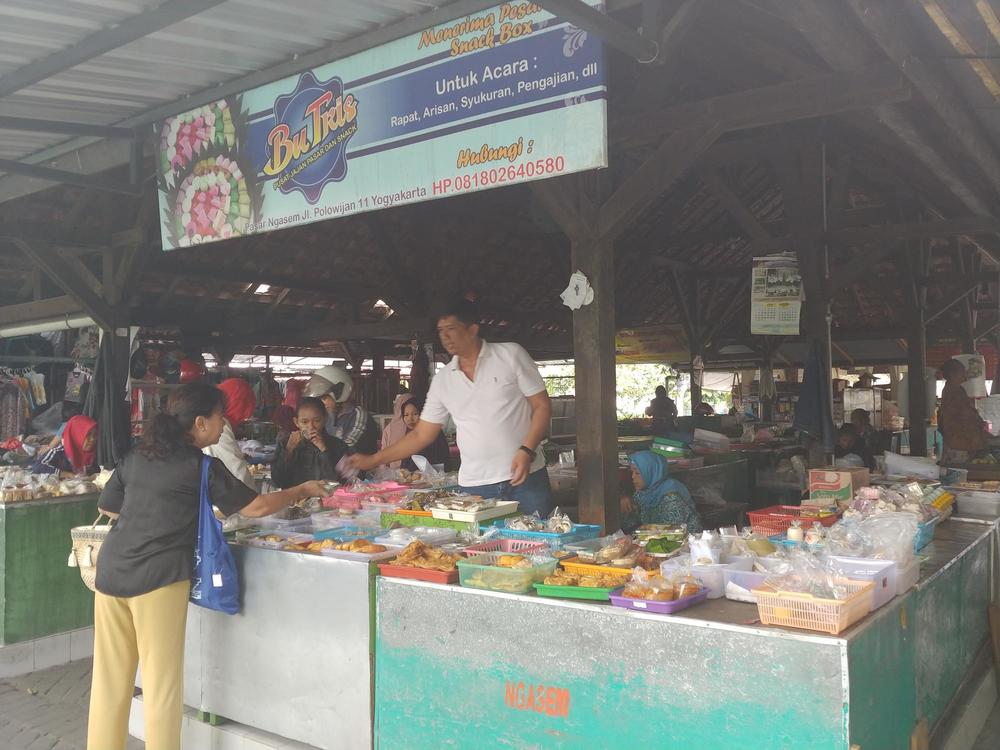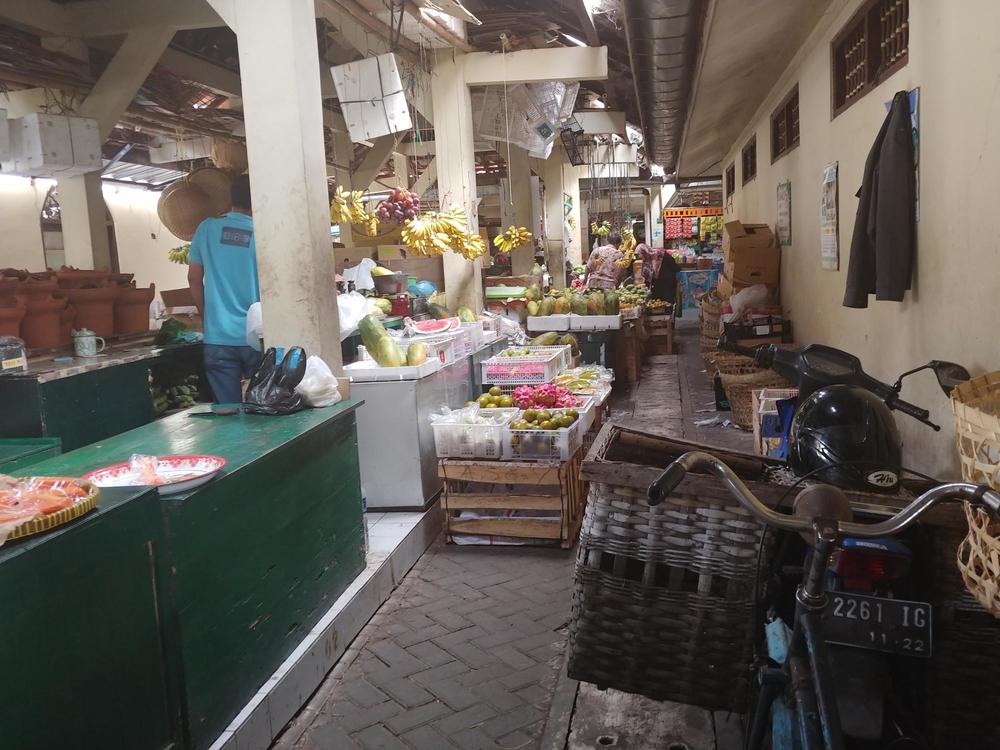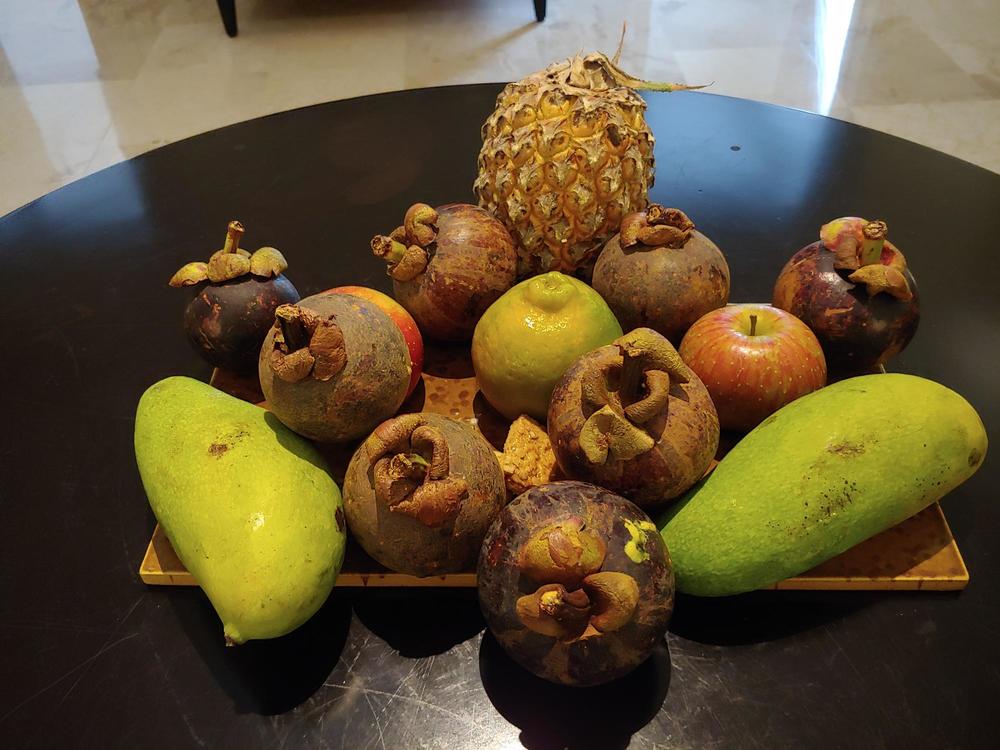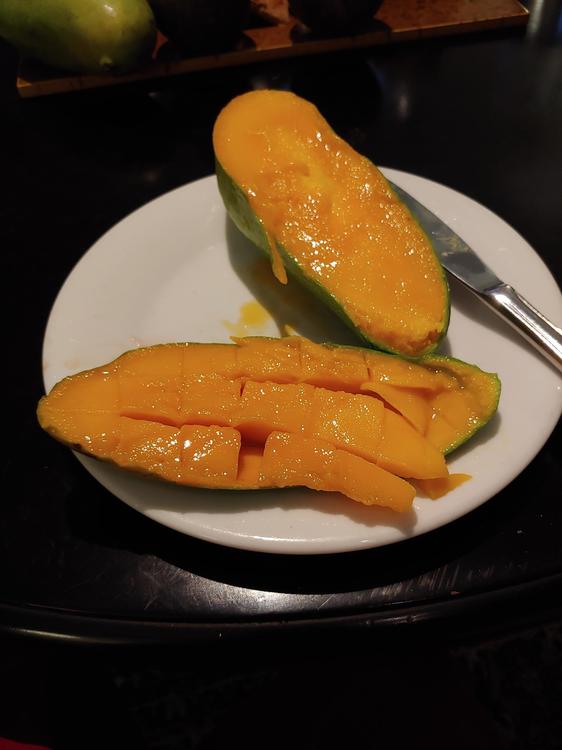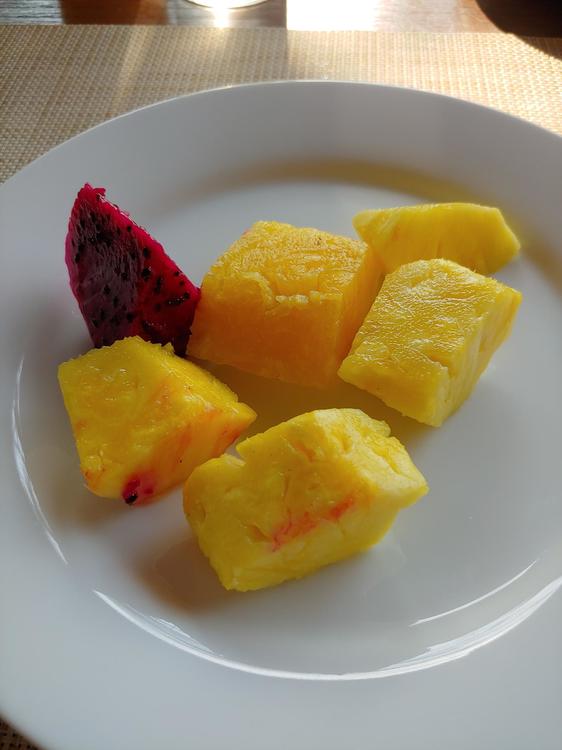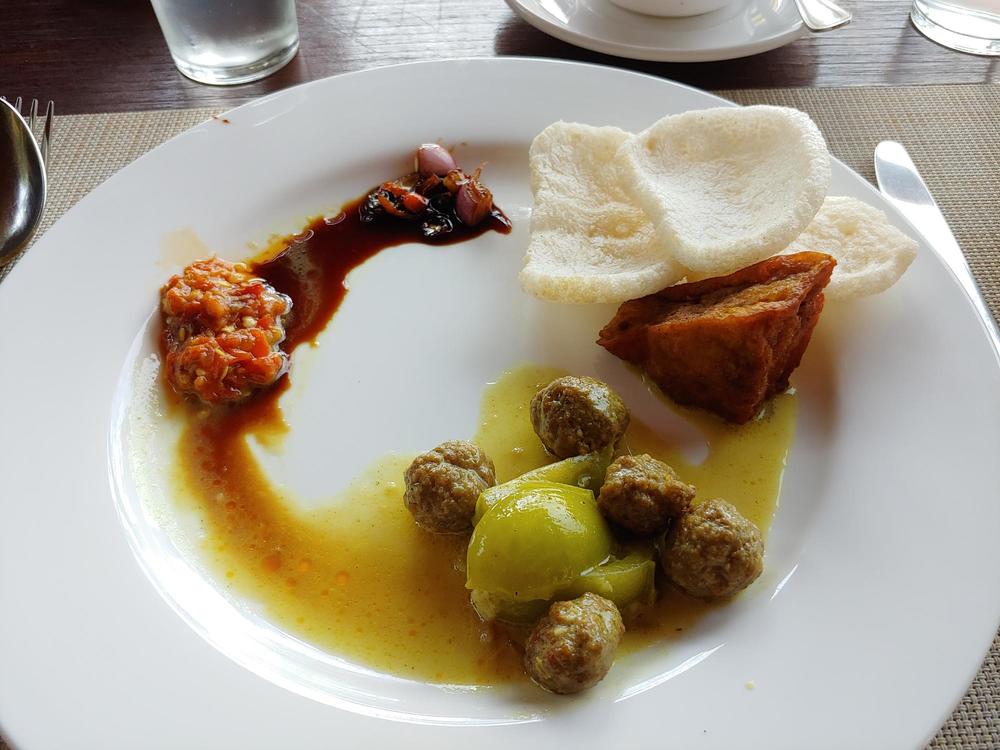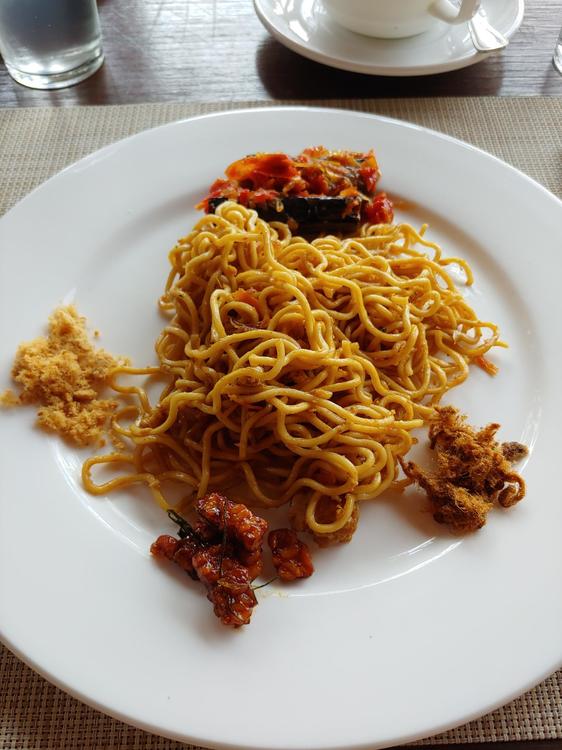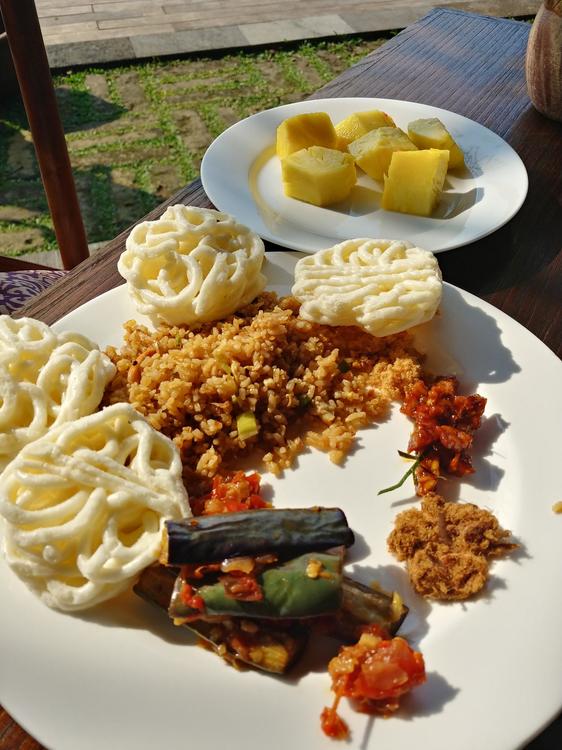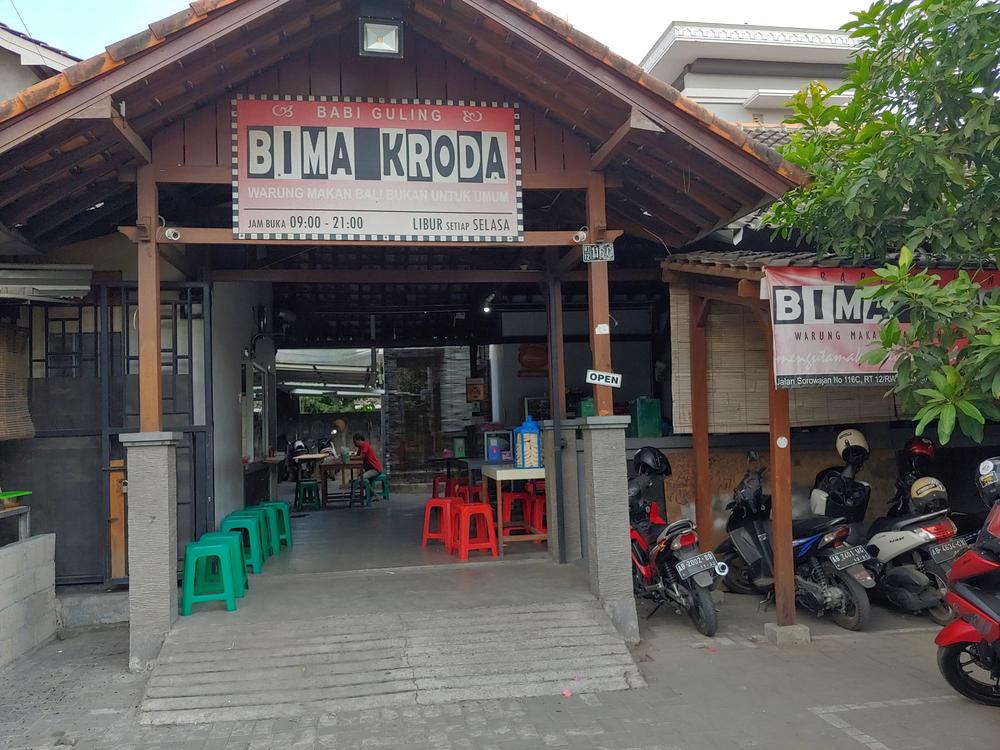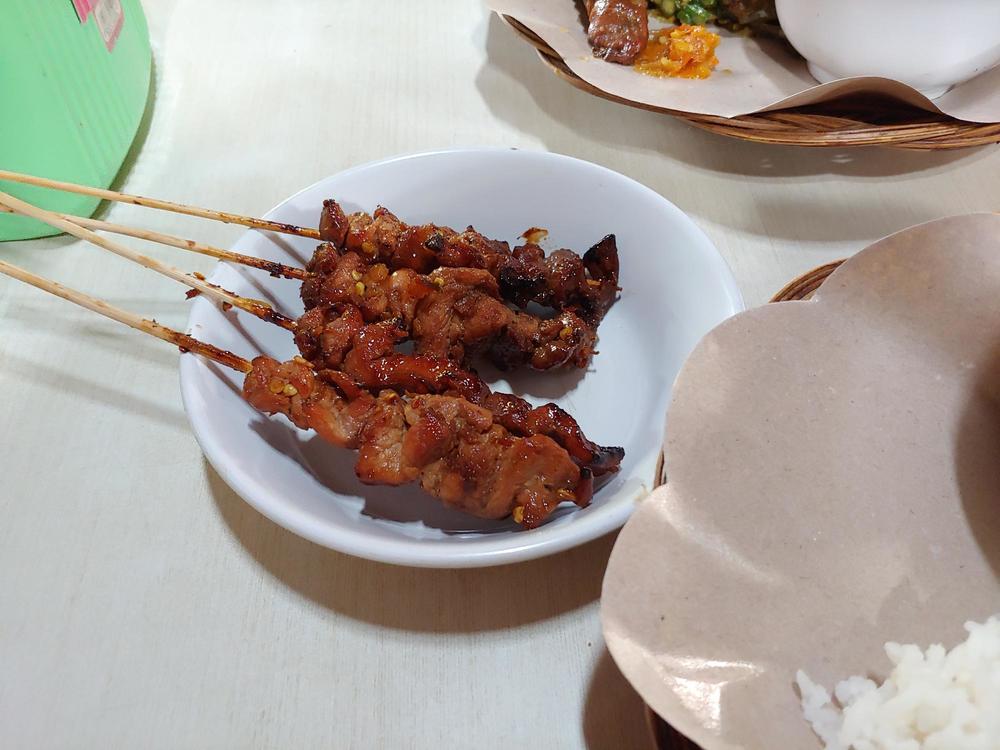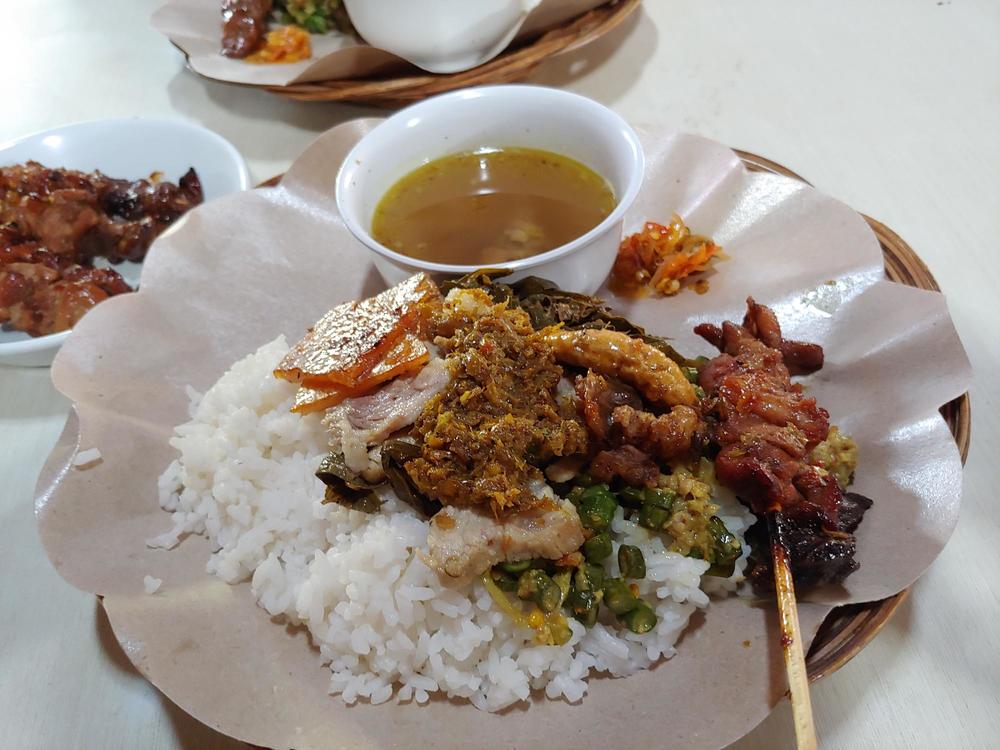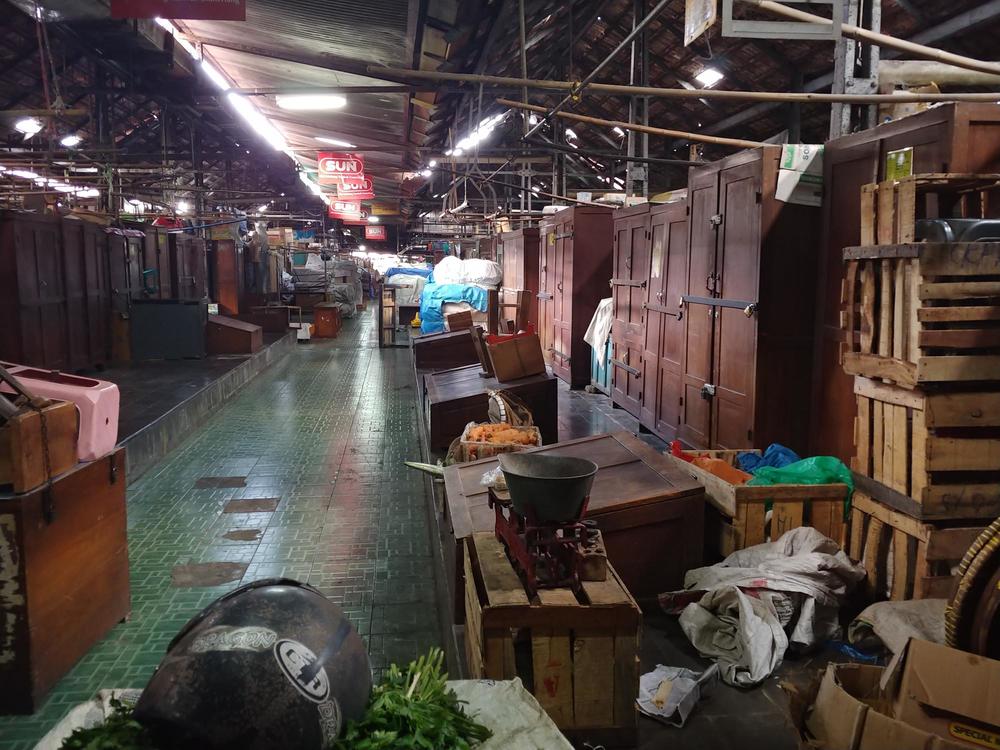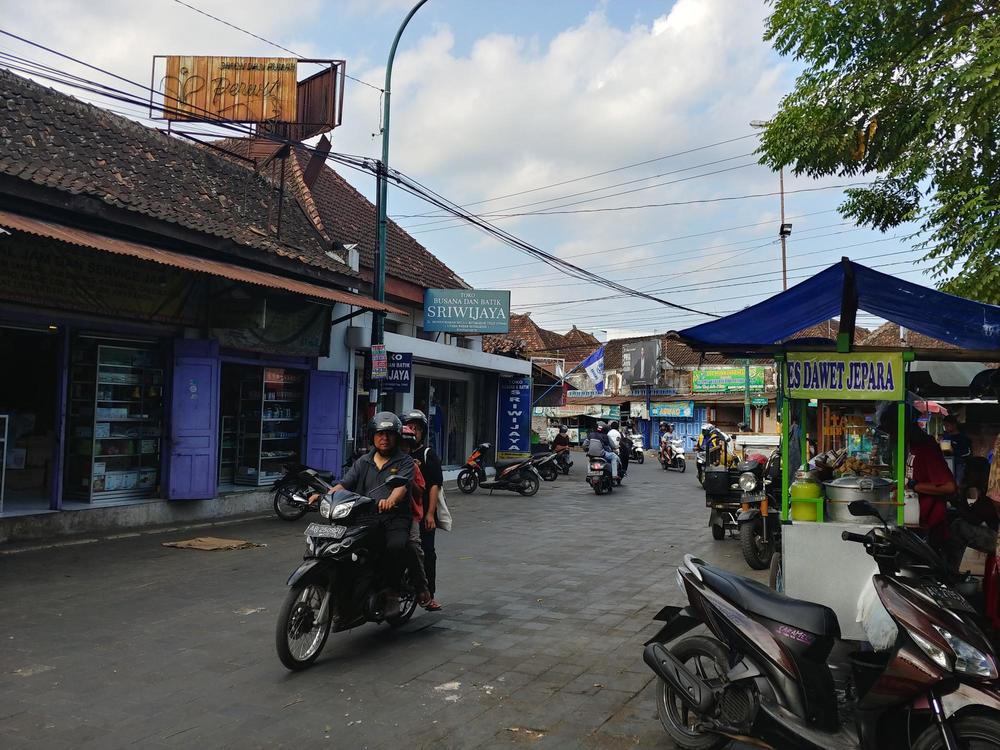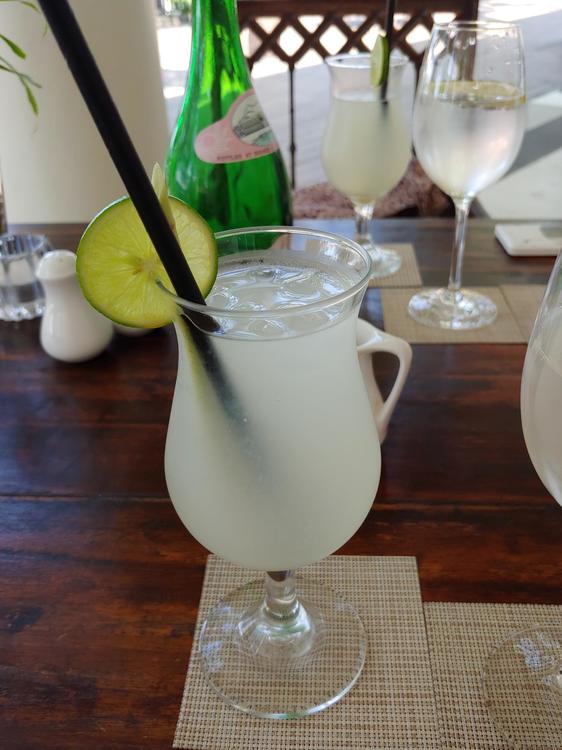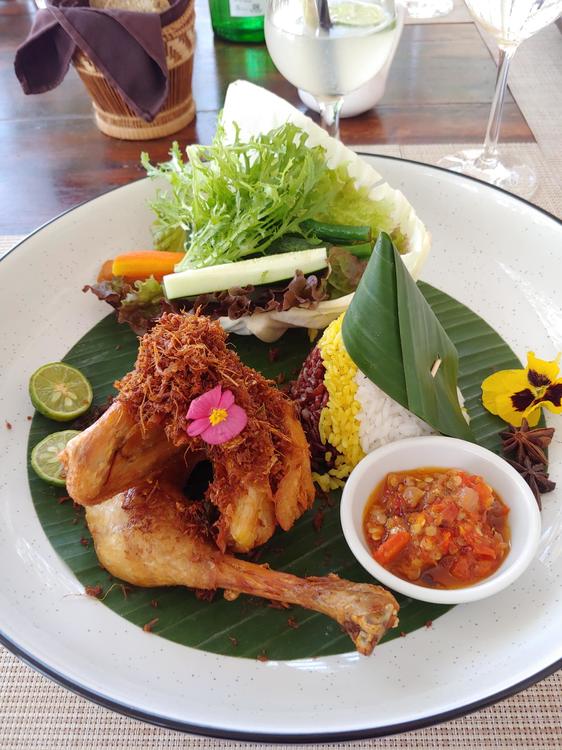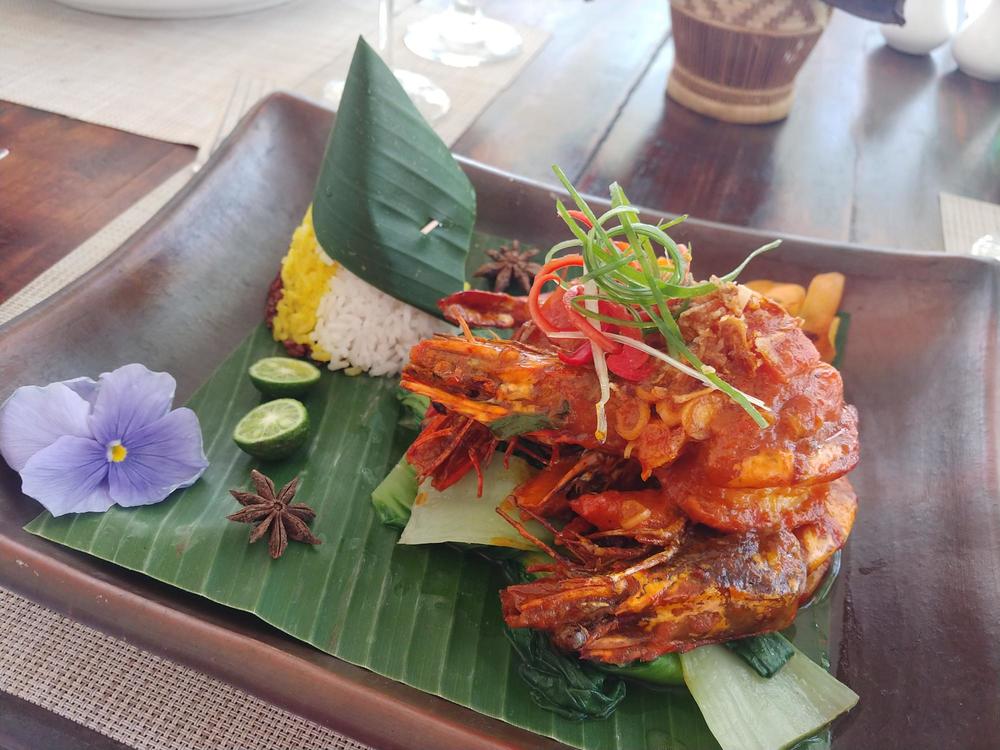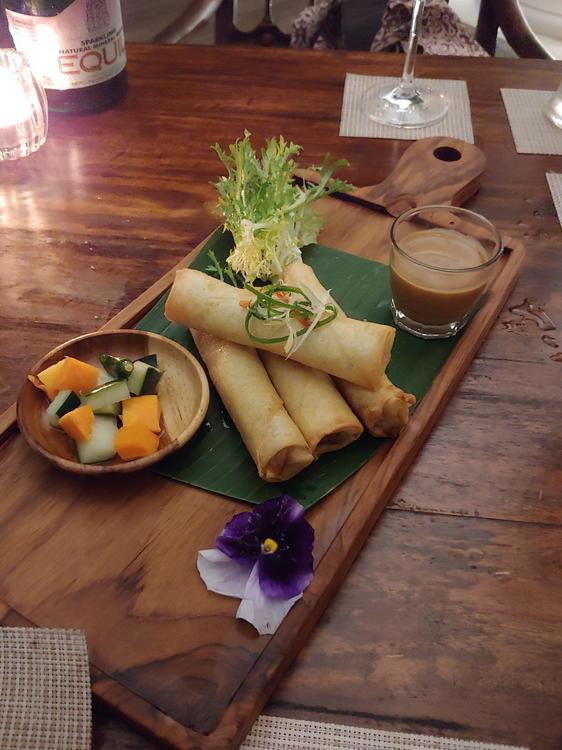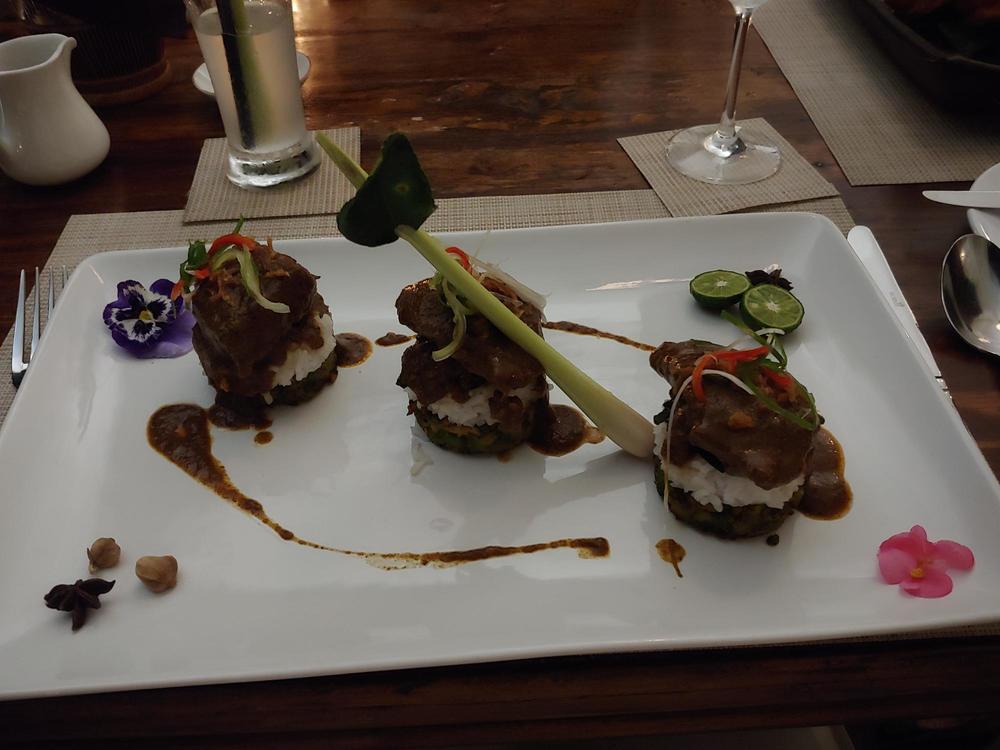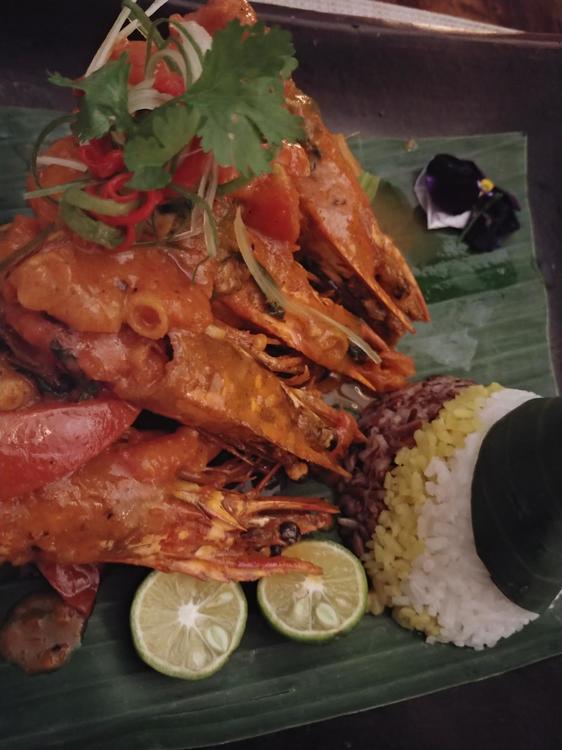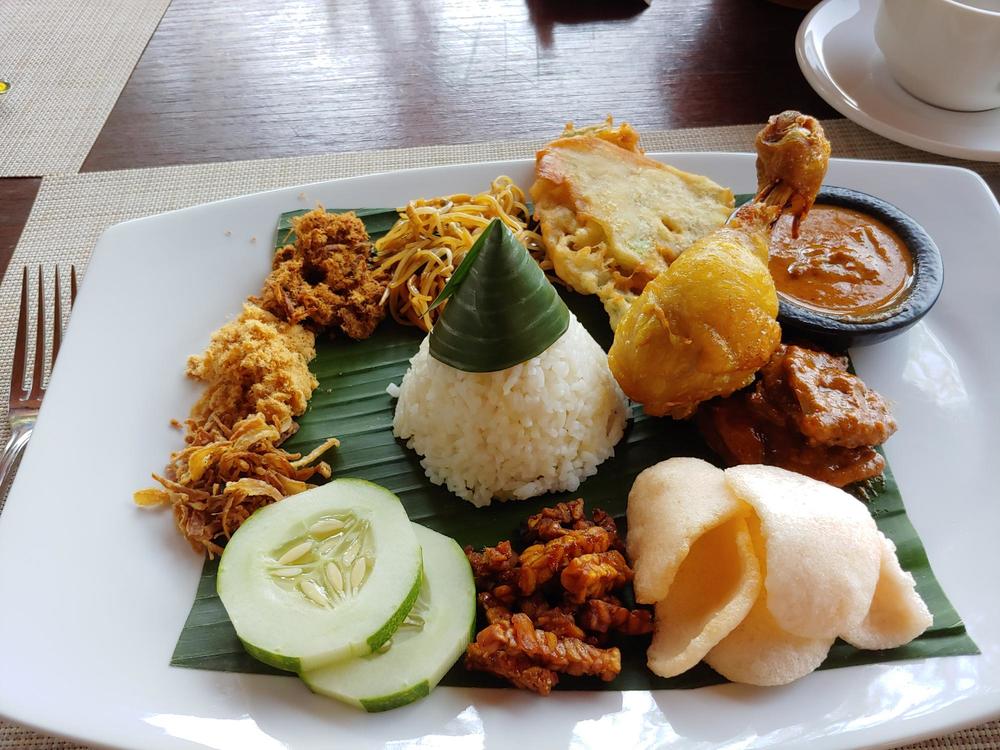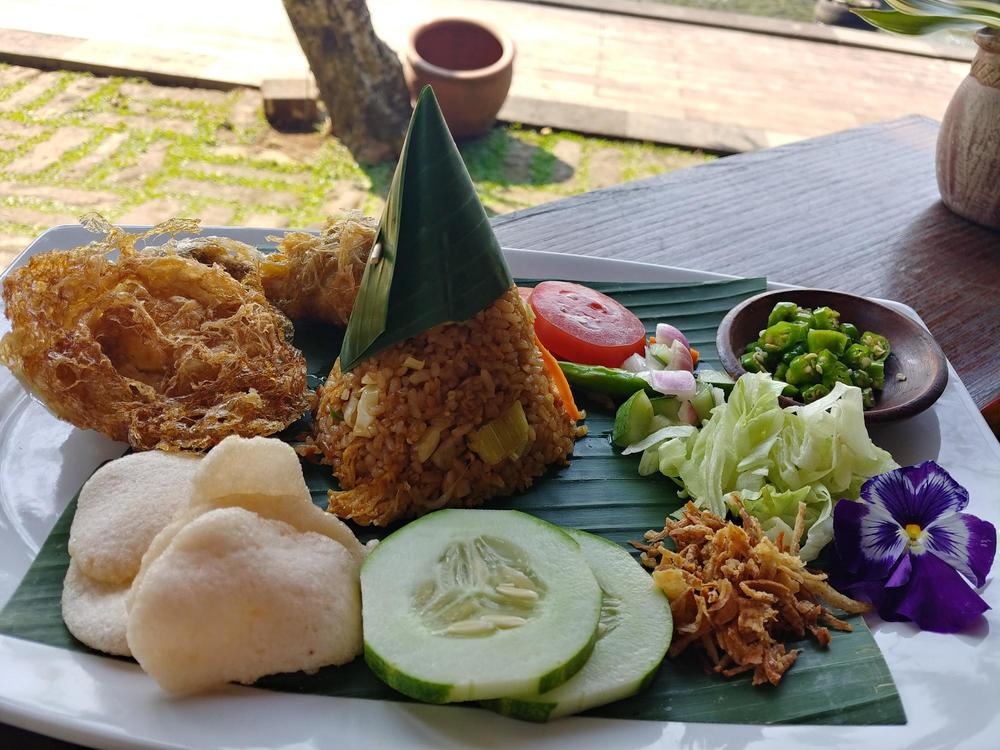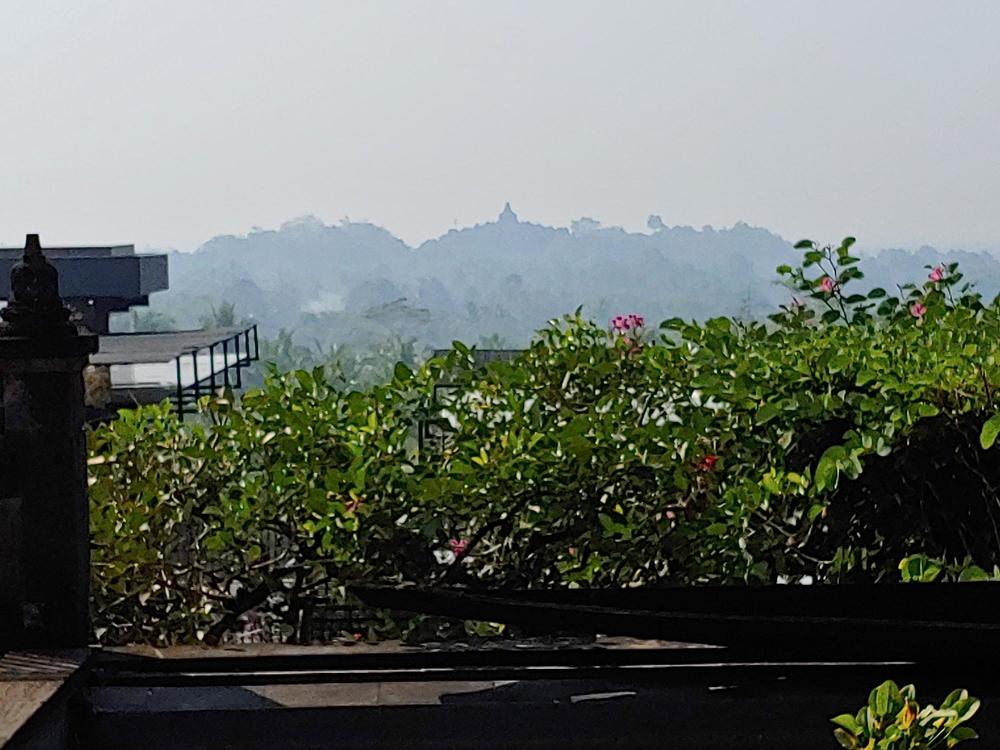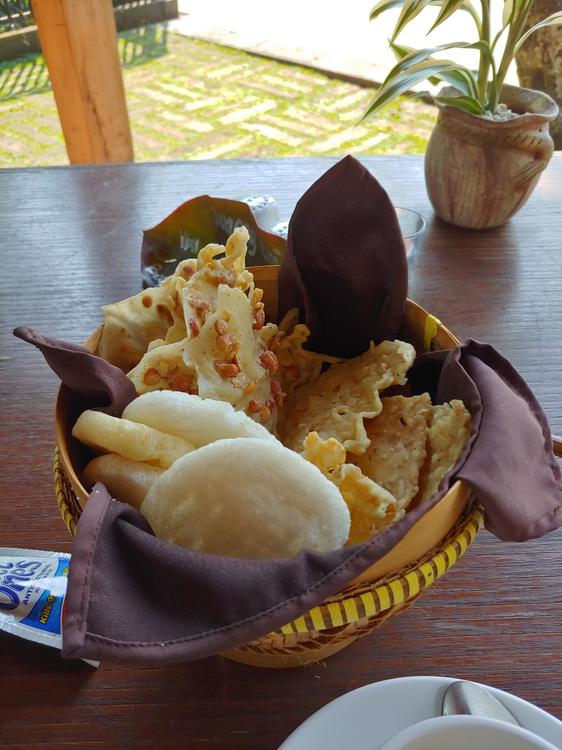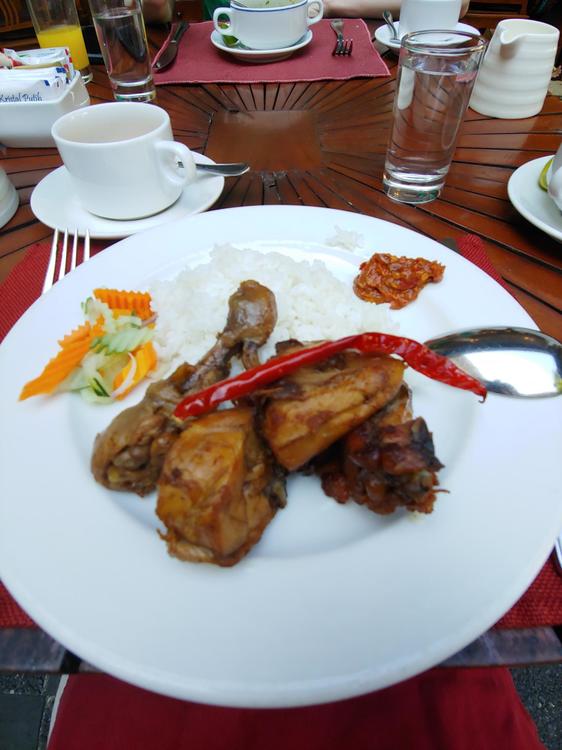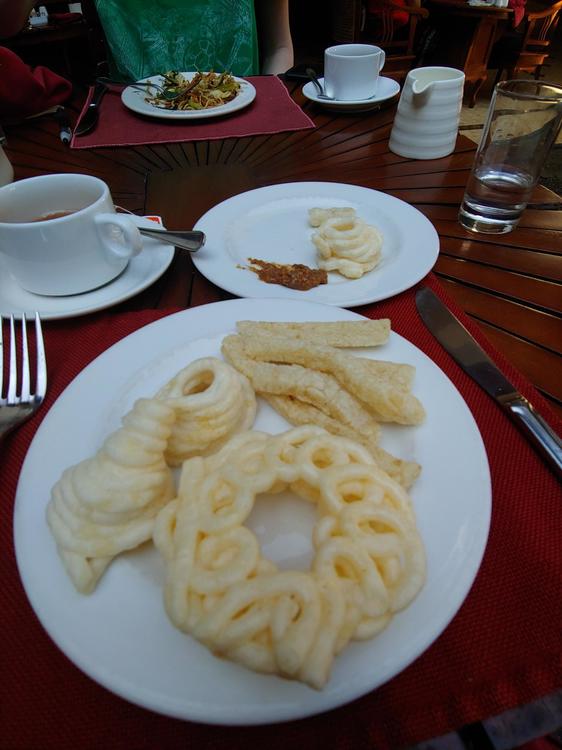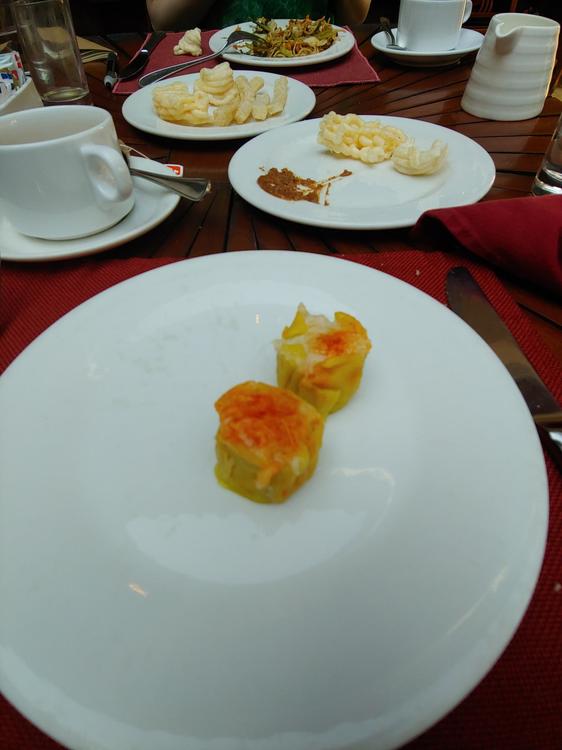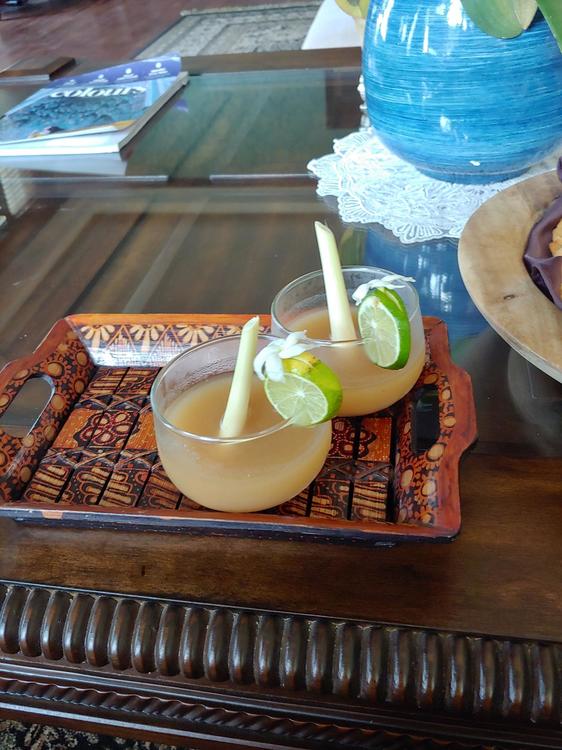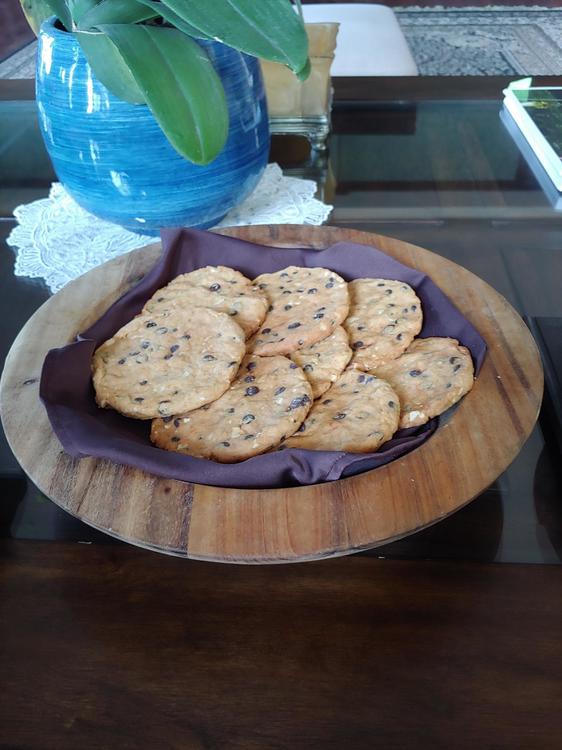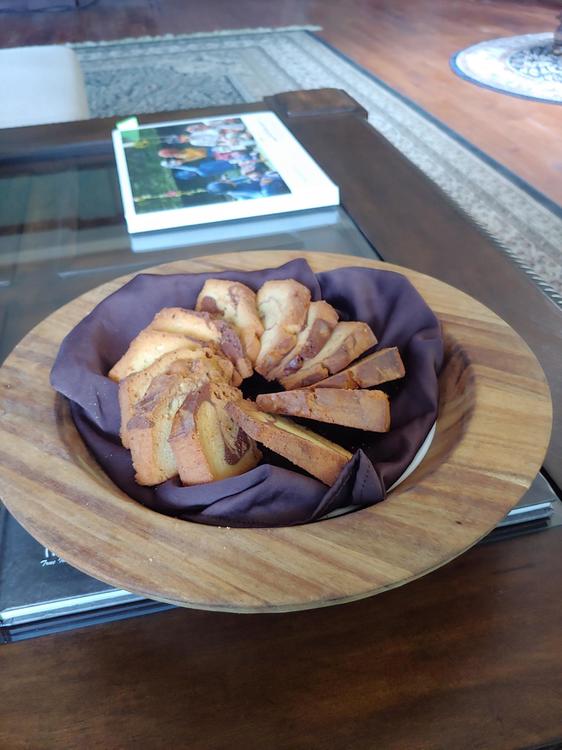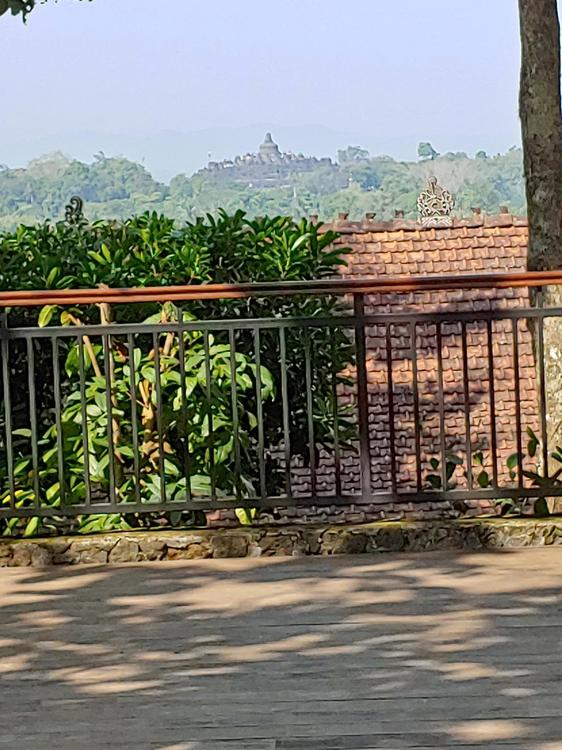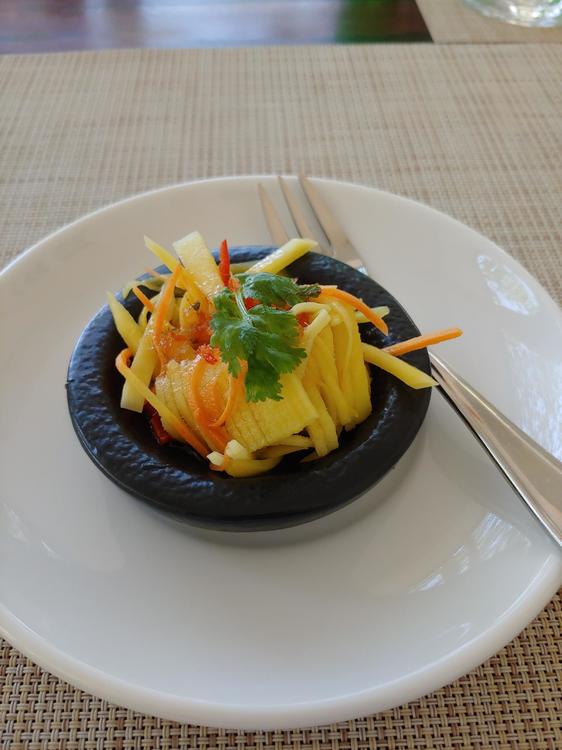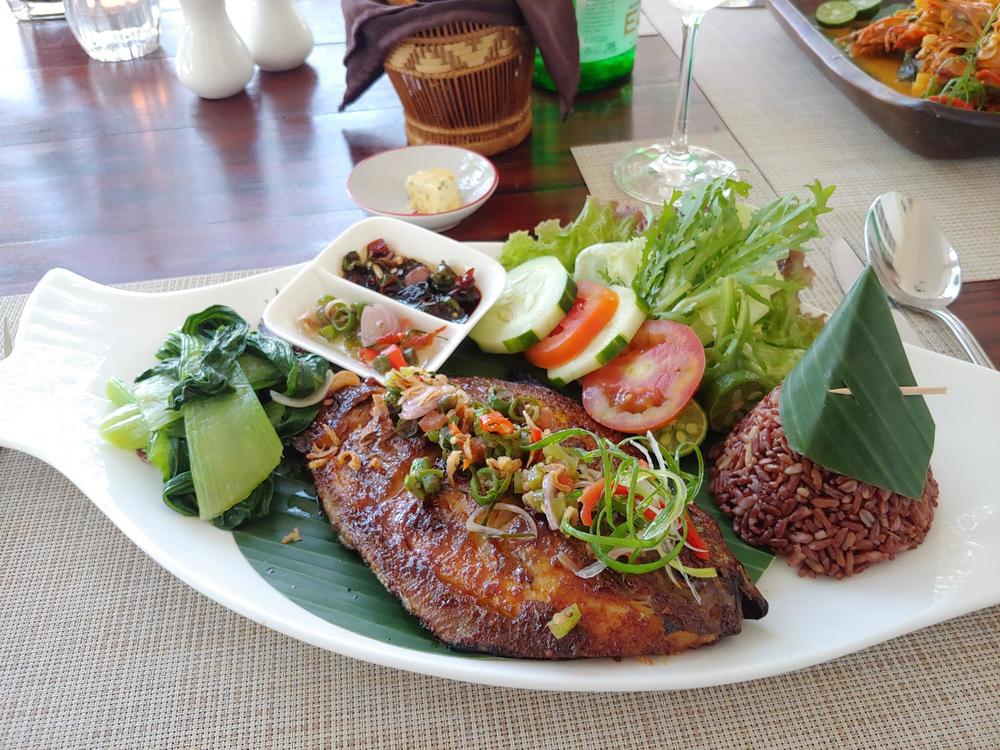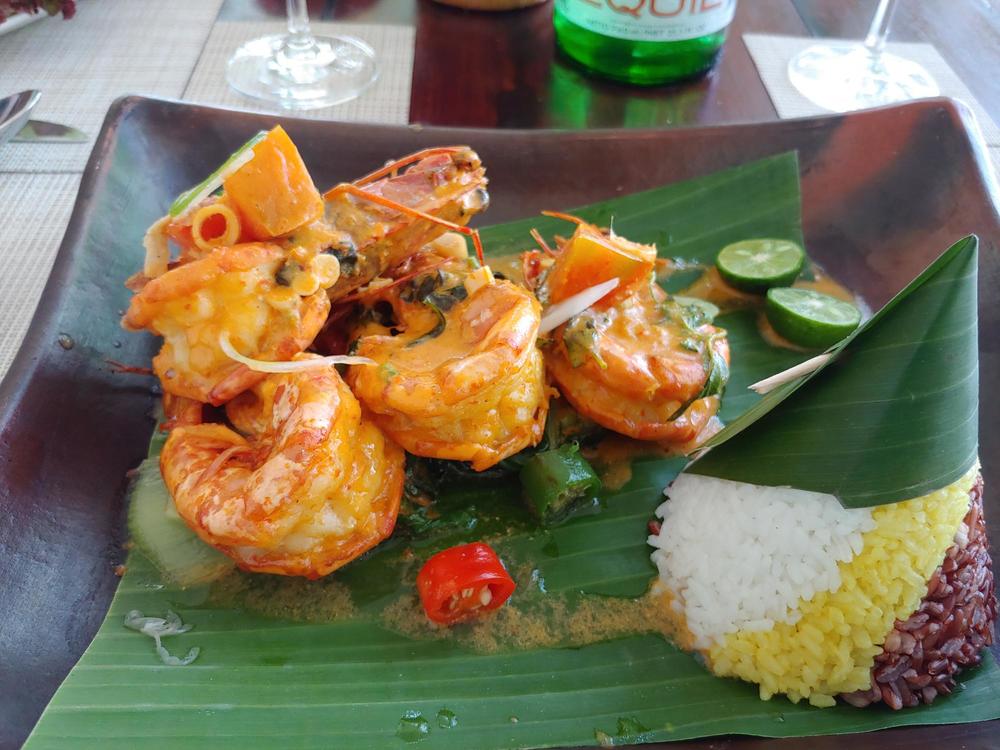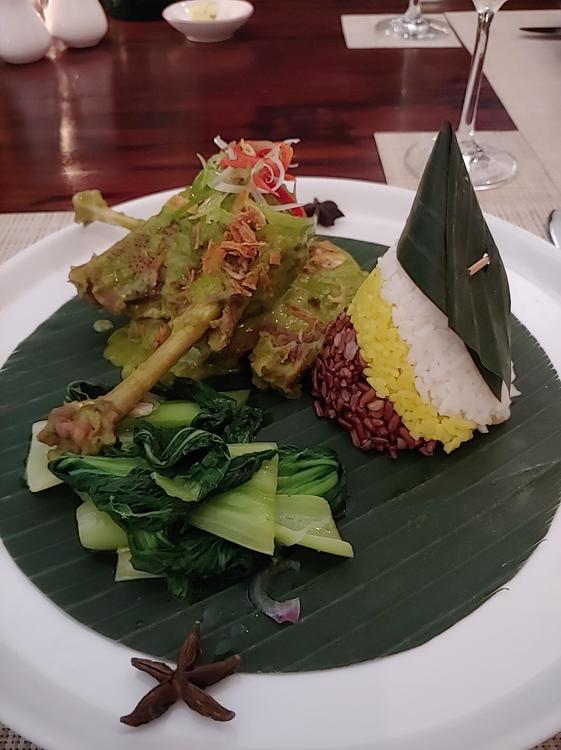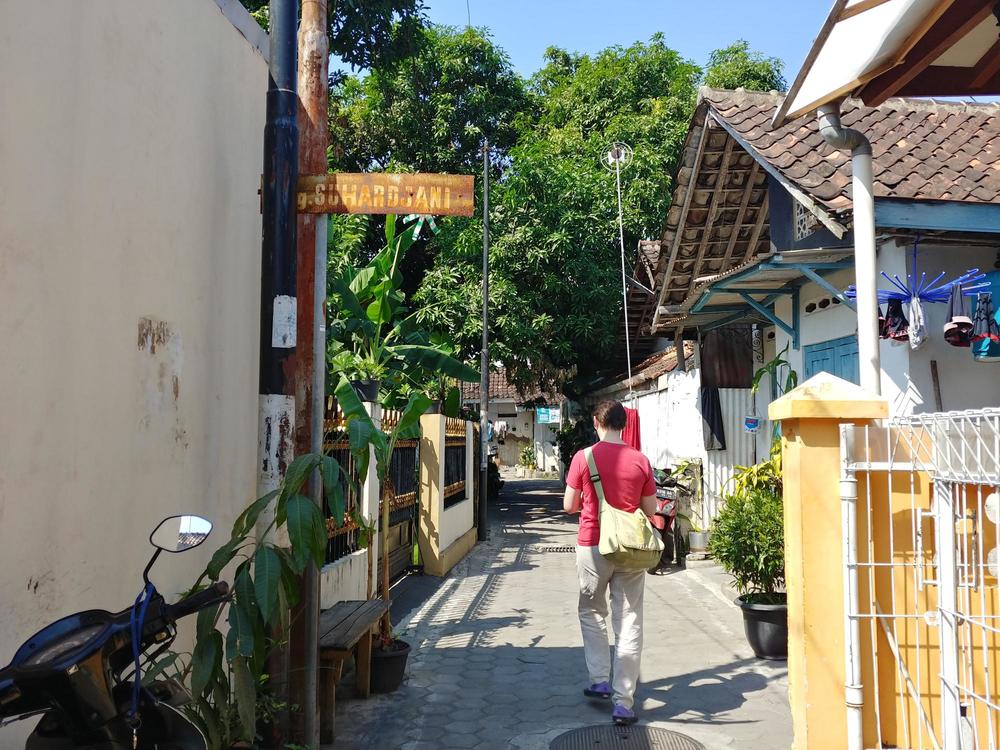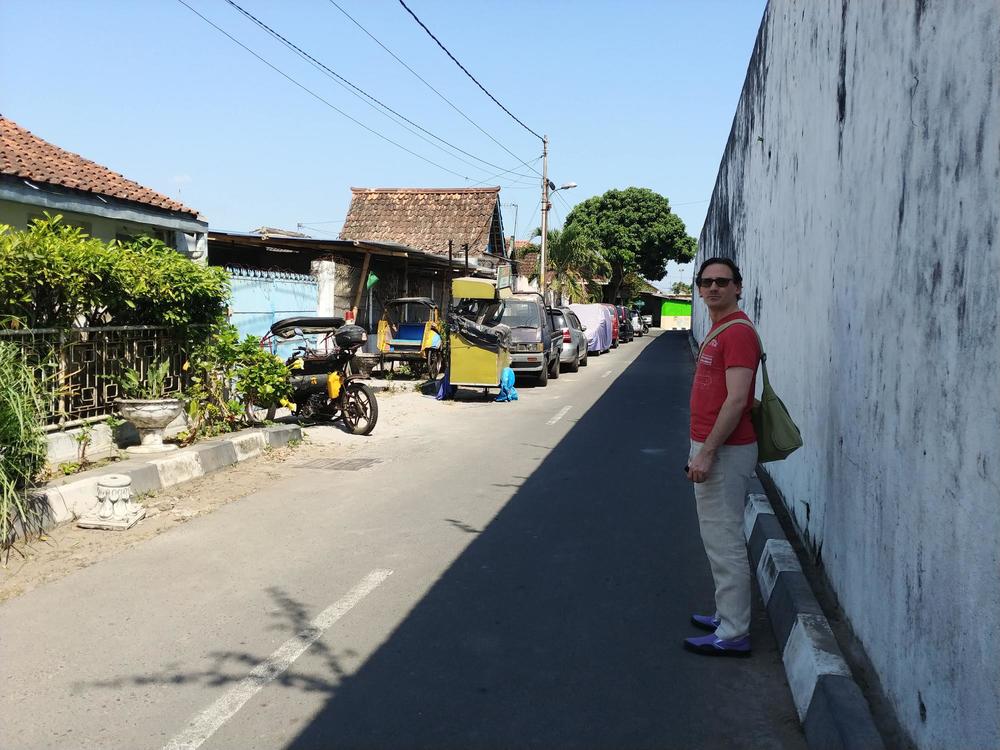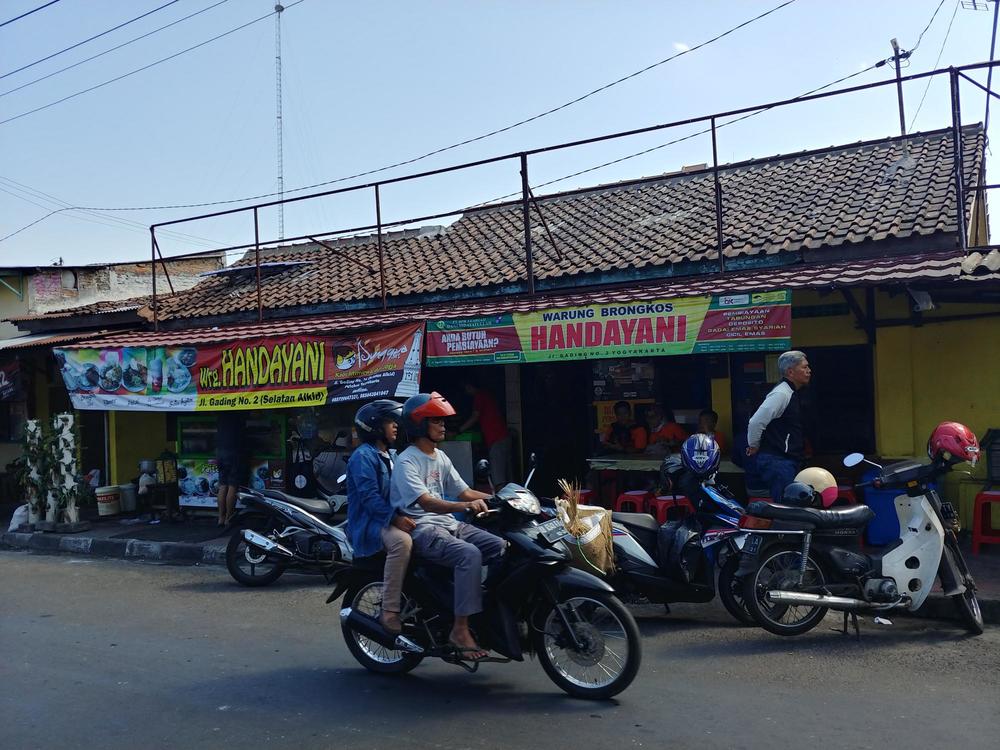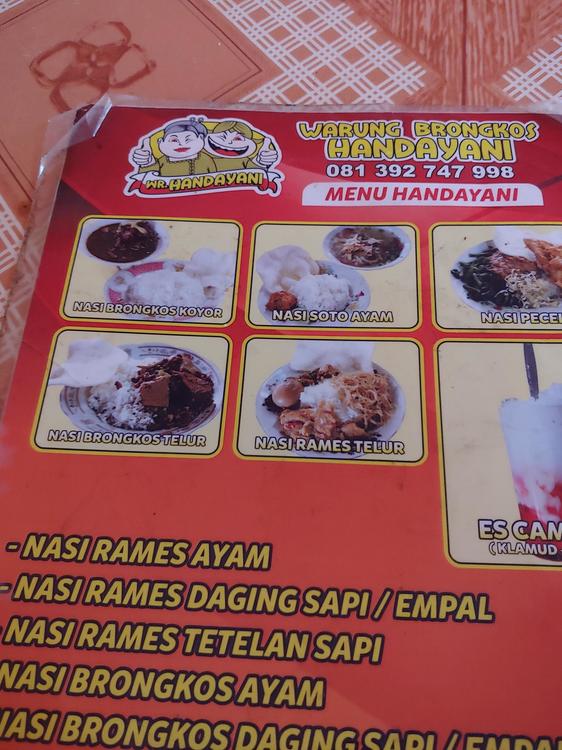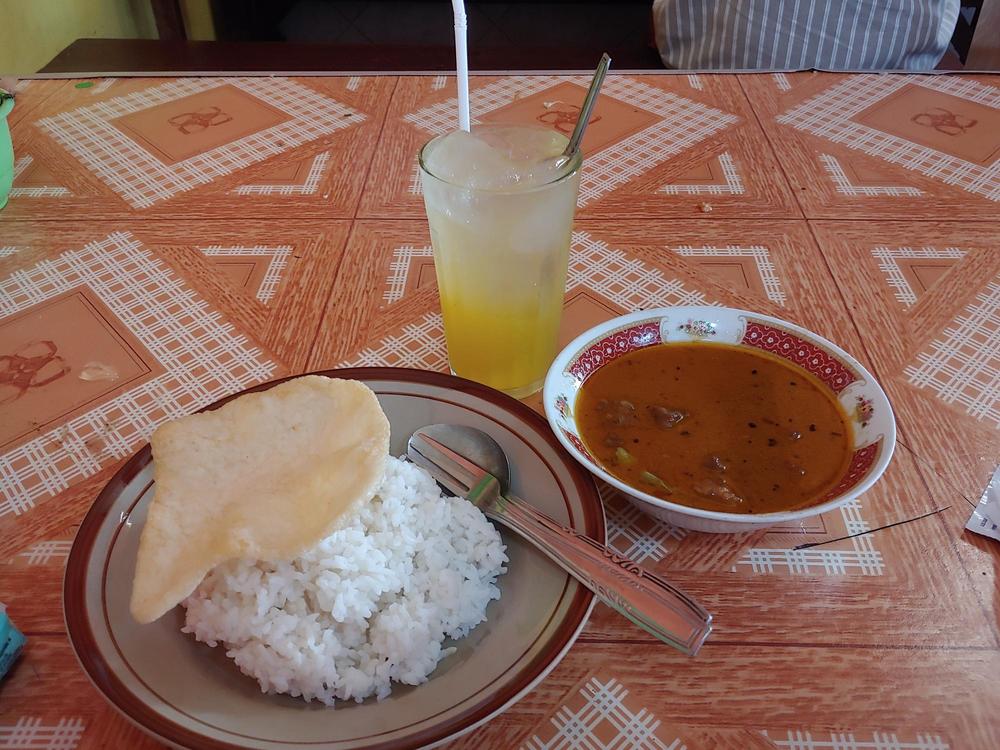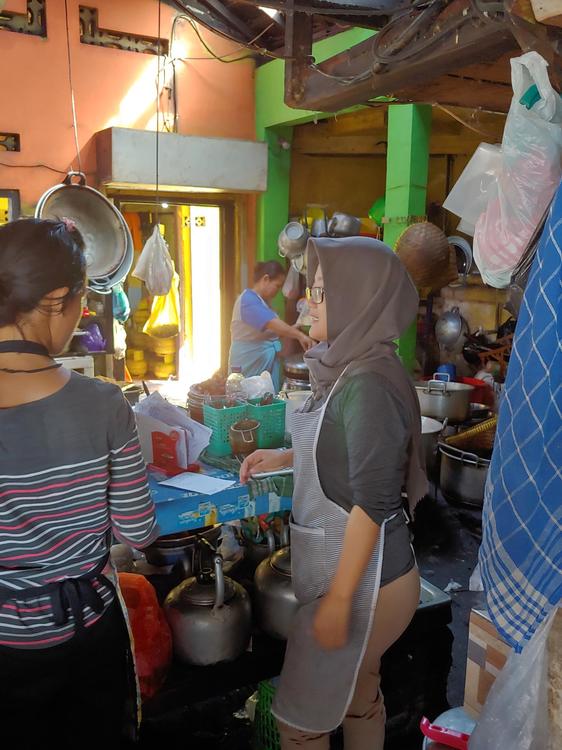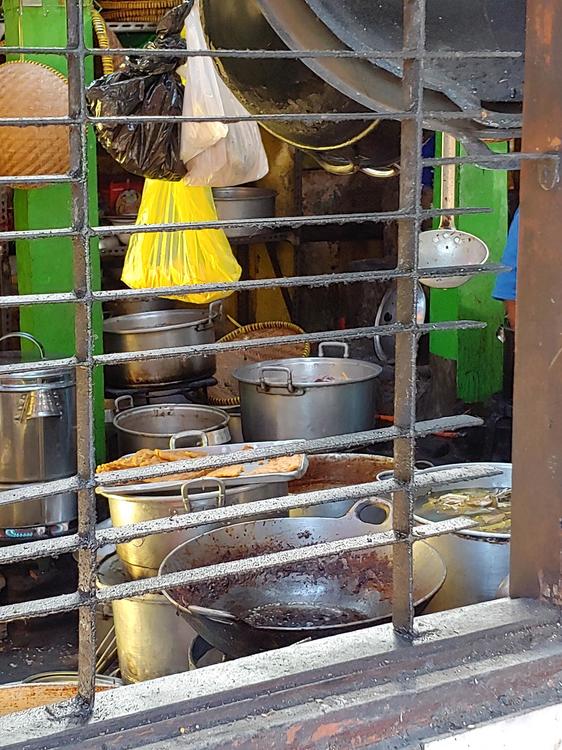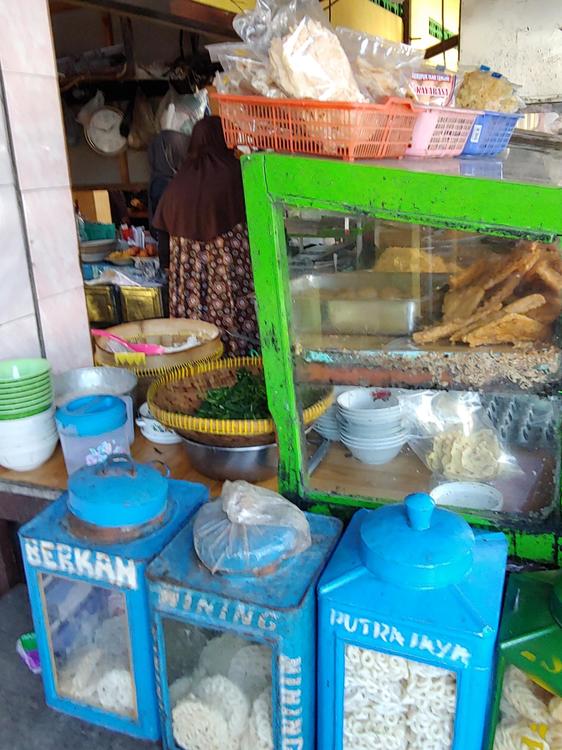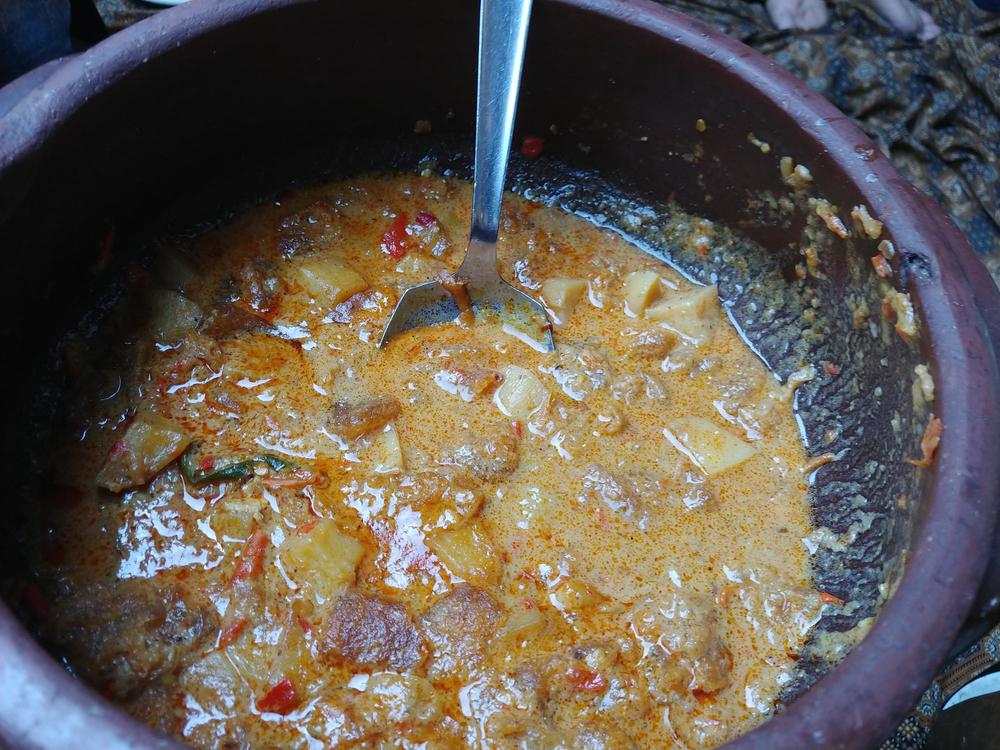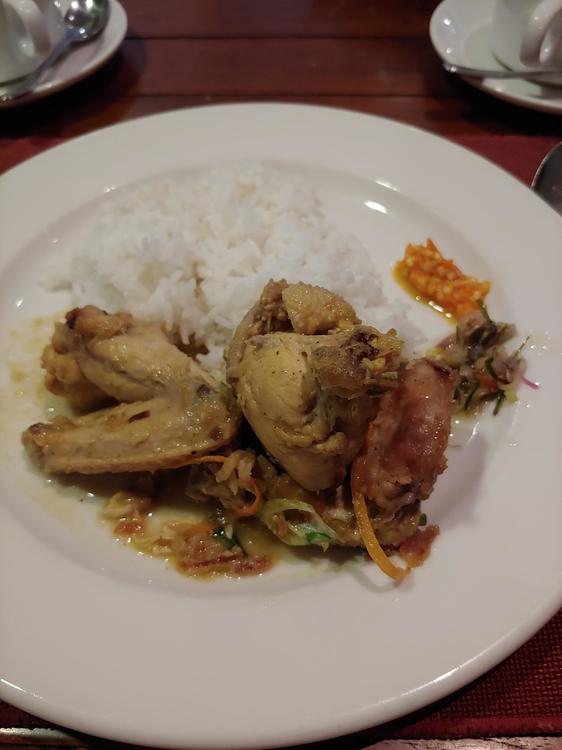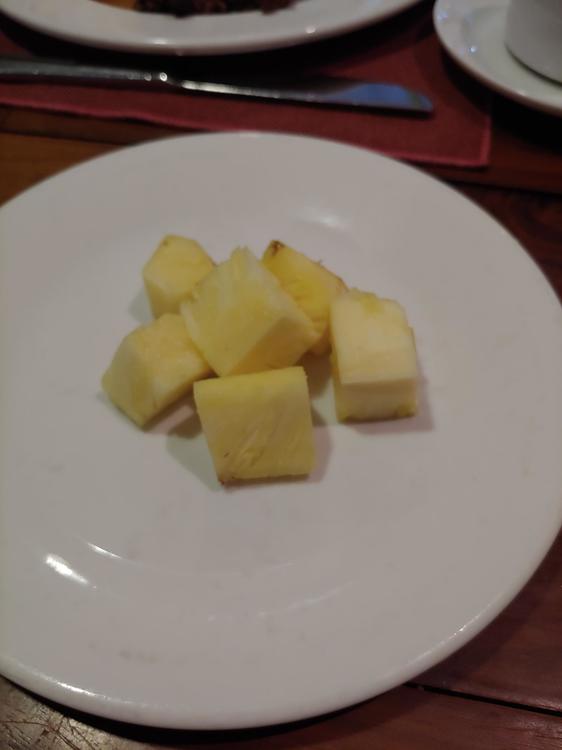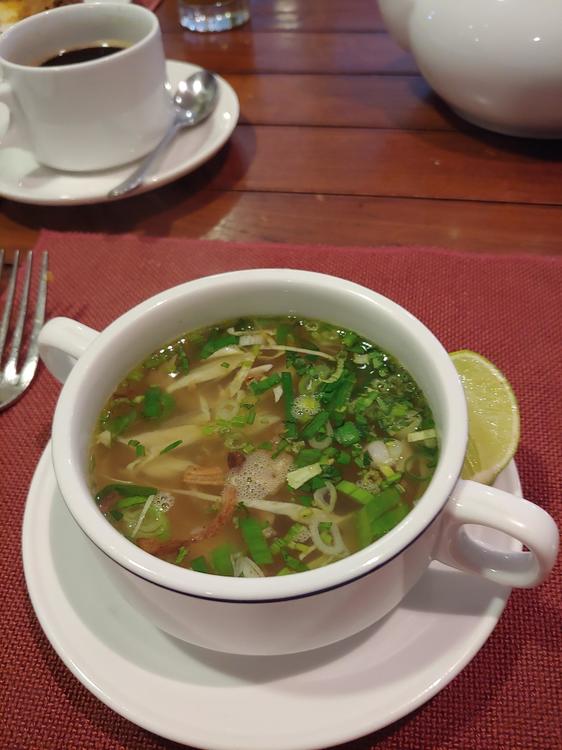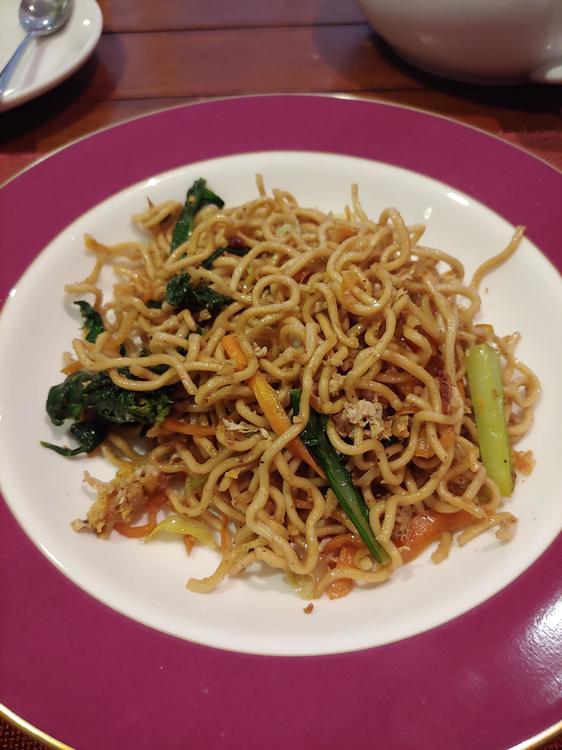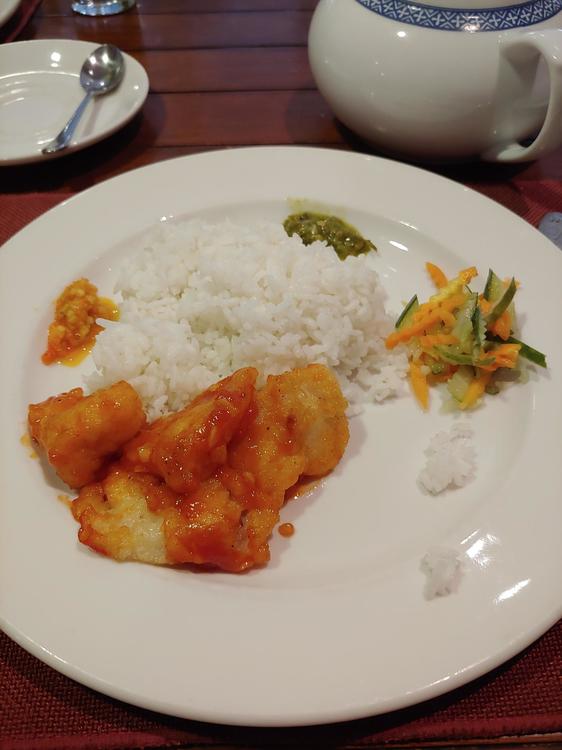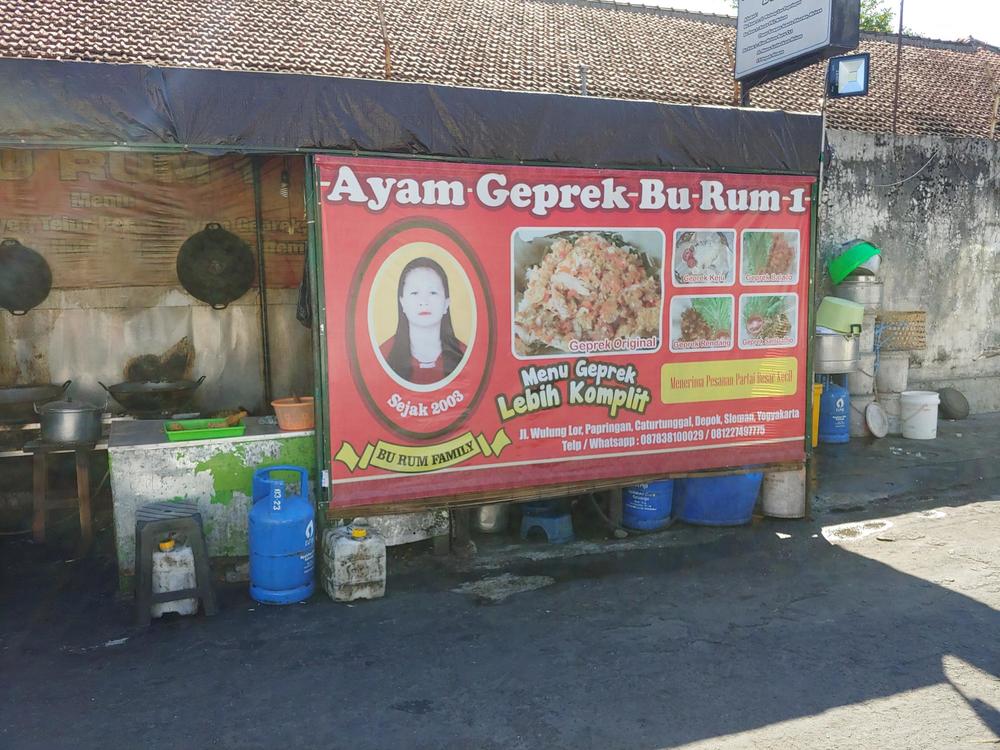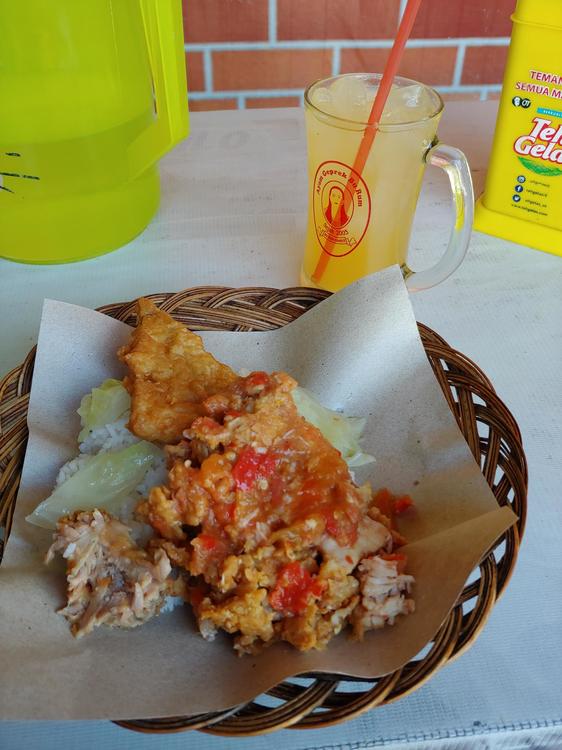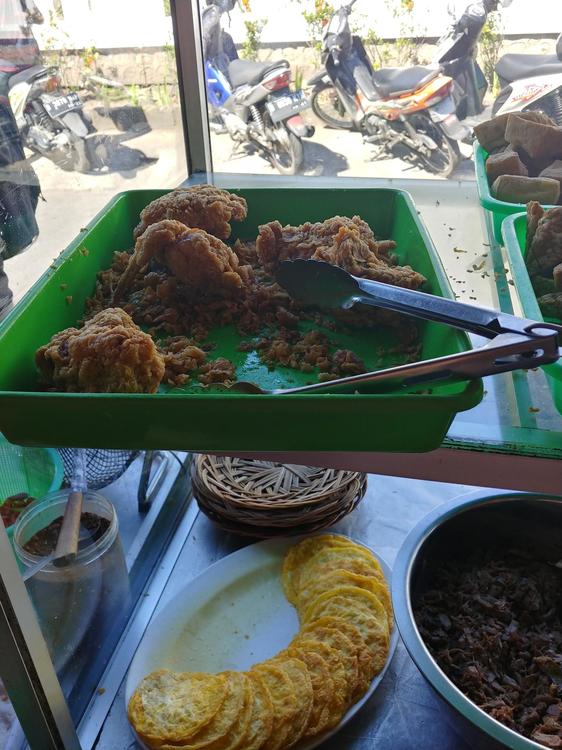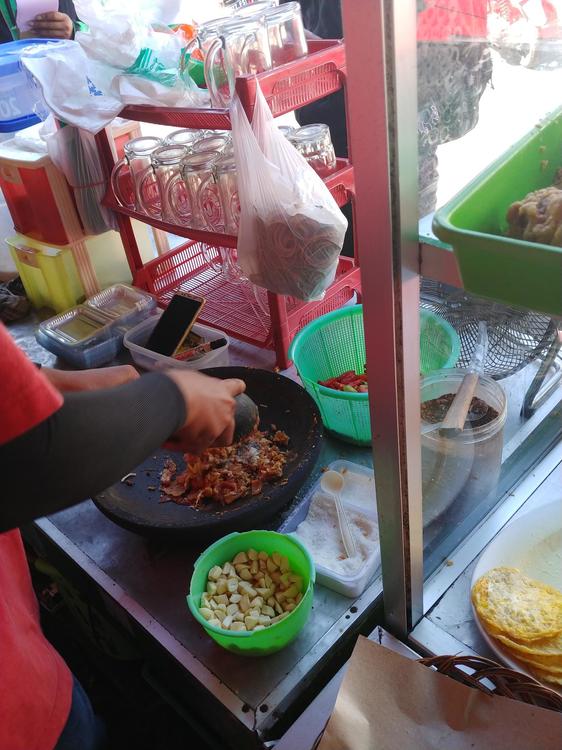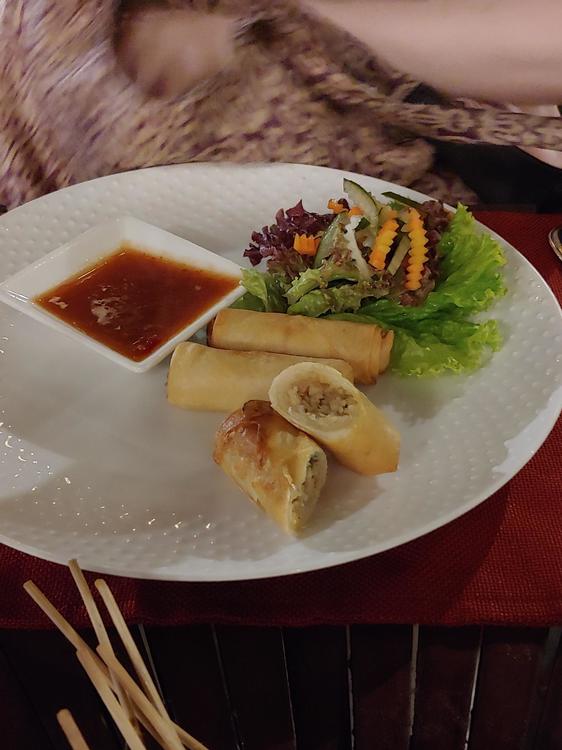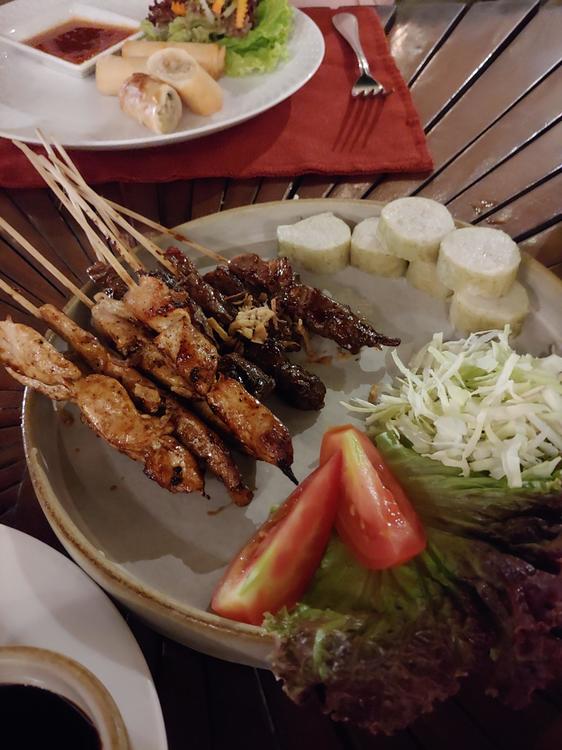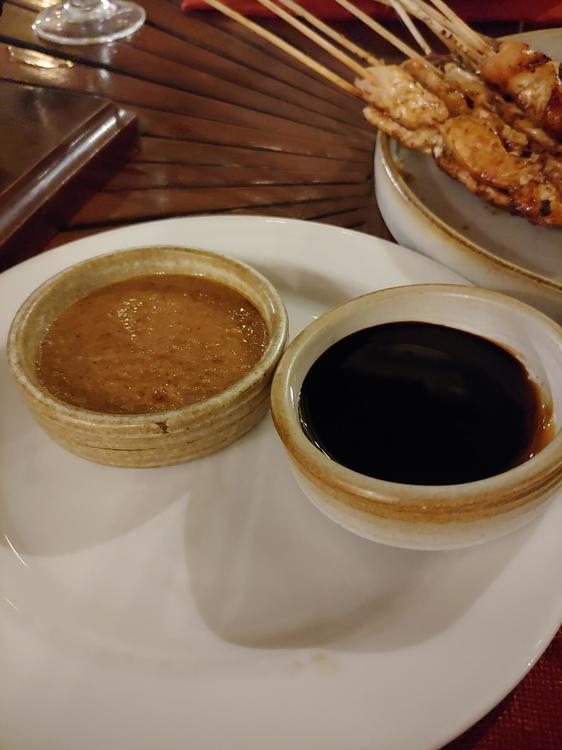
KennethT
participating member-
Posts
6,822 -
Joined
-
Last visited
Content Type
Profiles
Forums
Store
Help Articles
Everything posted by KennethT
-
I would pitch a tent and live in that store...
-
You beat me to it!!! Where is this magical free room? Around here, we don't even get discounted! Also, @Kerry Beal what did you think of the Robuchon fries? How do you think they compare with other methods? The best fries I've ever had were ones I made using Dave Arnold's method on Cooking Issues many years ago... granted, it took practically all day and required stuff like Pectinex to degrade the surface pectin, but they were awesome... perfectly fluffy on the inside, and super crisp on the outside, even once cold they stayed crisp!
-
I am exploring options for my usual weekday lunches - I make this over the weekend, refrigerate, then microwave while at work to warm. For a long time, I've always brought some kind of noodle/pasta dish - it warms just fine in the microwave for about a minute with a damp paper towel layed over the top. I was thinking about extending this to rice based dishes - but I'm nervous about eating cooked rice that has been in the refrigerator for about 5-6 days. Does anyone have any info about the safety of doing something like this? Some people may have the idea of keeping a small rice cooker at work and making the rice fresh each day, but I usually hardly have time to eat, as well as washing/rinsing and cleaning the rice cooker. My workplace is a factory (of non-foodstuffs) so isn't the most hospitable place in the world for making food - the microwave is in the office, but the sinks are out in the factory or the restrooms, neither of which is suitable to be anywhere near stuff to be put in one's mouth!
-
You can have the six fries with the lone okra... :>)
-
I wish I could "like" and "sad face" at the same time!
-
I keep picturing the old Bugs Bunny cartoon where he's in the fancy restaurant eating a lone carrot on a plate with a fork and knife...
-
I'm leaving the winery visits up to my wife as she's in the industry. That's what actually sparked the NZ trip - she was offered a trip to NZ where they would take her around to various wineries, but we weren't happy with it as teh trip was almost 2 weeks long, and we don't like to be away from each other for that much time. So we decided we would go together on our own, and just see what we wanted to see, rather than get taken around by whoever is footing the bill!
-
I try to learn a little bit of the language of each country we visit. This can be problematic since I don't know each of those languages very well (at all), sometimes words in the wrong language slips out, which gets some pretty funny looks! Most of the time though, I don't really get a chance to use the language much anyway - in most places, it seems there's someone around who speaks some English (usually a younger person working somewhere), or they have menu with pictures, or we just do some pointing. One time I was happy I spent the time to learn some Vietnamese was when we were doing a private "tour" with a hired taxi for the day - the driver spoke no English, and there was a bit of a misunderstanding about the order of our itinerary... also, once we got out of Saigon, he was completely lost, so I had to give him directions while using Google Maps on my phone.
-
There was definitely alcohol available in the hotels, but we didn't have any. For a while now, I've been taking some medication that doesn't play nicely with alcohol at all... so unless there's something absolutely worthwhile, I don't bother. And my wife, funny enough, works in the wine business, so she's actually very happy with a vacation from it from time to time! The next trip is actually going to be this winter, over Xmas... we're headed to the south island of New Zealand, spending most of our time in Otago, where I'm sure we'll be visiting a winery or two... As it's in your neck of the woods, I'd love to hear if you had any recommendations... most of the time will be spent in Otago, and we'll have 1 or 2 nights in Christchurch.
-
The next day, we woke up early to make our flight back to Singapore - our flight landed around 1:30PM, and we didn't have to be back in the airport for our flight home until about 8, so we checked our bags in the airport and took a taxi into the city. After landing, we went straight for a light lunch (they had already fed us on the plane - check out the Airline food thread)... I had been jonesing for this place ever since our trip here a few years ago... Since we were here last, they have significantly upgraded their restaurant space and ordering system, as well as opened some satellite locations... good to know the food is just as good though! Kid goat biryani Chicken biryani Their biryani is done the traditional way, now called Dum Biryani. The aromatics are incredible... I wish I could find something even remotely as good in NYC... for more info, see my Week in Singapore thread in the SE Asia dining section from a few years ago... After lunch, we headed off to the Gardens by the Bay. With so many choices of what to do, and such little time to do it, it was a tough decision, but I had read earlier that they had a new exhibit of scented orchids in the Cloud Forest... Enroute to the gardens... Then we went on to the Flower Dome where they were having a rose exhibit... Bottle trees Baobob - makes me thing of Le Petit Prince... The super trees... functional they they not only make electricity for the gardens (there are solar cells on top), they are very useful in the dehumidification of the domes - the system uses a liquid desiccant which removes a lot of humidity which takes a huge load off of their A/C system... the liquid desiccant is then boiled to release the water which is vented out through the top of the trees. Time for an early dinner before we go back to the airport... I couldn't wait to get back to an old favorite... Sambal Pomfret - I love their sambal - it's a wonderful mixture of chili, garlic, shallots, dried shrimp and shrimp paste, and who knows what else... This is fried until it's almost dry... the fish is coated in rice flour and wok fried, then coated with the sambal... if there is a heaven, it smells like shrimp paste... Crab bee hoon - this is one of the huge mud crabs - the claw meat is the size of a small fist! Tons of sweet crabmeat and very little effort needed to extract it. It seems like there's a lot of sauce, but it was sucked up by the bee hoon (rice noodles) pretty quickly. This was a really tasty dish, but I think the crab bee hoon at Sing Huat Eating House had a bit better flavor to the bee hoon... but this crab was cooked absolutely perfectly, while Sin Huat's was slightly overcooked the last time we were there.... Kangkong, aka morning glory, aka pak boong, aka rau muong, aka ong choy Baby gailan Now that we are completely stuffed, it's time to head back to the airport to get our bags out of storage. There is a spa/lounge pre-security in Terminal 2 that has shower rooms for rent... for about US$13, we were able to spend 45 minutes taking a shower and getting changed into fresh clothes for our 18 hour plane flight home... So that's it!!! I hope you enjoyed coming along our trip and that the rambling that my half-jetlag induced head came up with made some sort of sense!
-
For dinner that night, we went to a sate place that specializes in goat... Goat satay sweet soy sauce with chili gule kambing - goat curry The scene outside of the restaurant After dinner, we went to check out another famous Javanese/Jogja thing, wayang kulit - shadow puppets... Gamelan orchestra Puppeteer getting ready... What's interesting is that you can sit on either side of the screen, so you can watch the puppeteer and orchestra (and see the puppets, made out of leather), or the shadows created... Traditionally, wayang kulit does the whole story of the Ramayana over a 12 hour period straight through - starting around 10PM and going all night... but they have shorter versions at the wayang museum where the show is 1-2 hours and they only do a piece of the story.
-
The next day was our last full day in Jogja.... breakfast at the hotel, similar as before, but a couple new additions: A different kind of chicken stew Fish with "barbecue sauce" which is like kecap manis (sweet soy sauce) various types of kueh - mostly made from glutinous rice - colorful, but all relatively flavorless... the brown one was sweet with palm sugar After breakfast, we went to Taman Sari (translated as the Water Castle), which were the baths area for the Sultan... they were heavily damaged during an earthquake, but have been partially restored... Like most sites here, the ticket prices are higher for international tourists than they are for domestic tourists... still not expensive though - 15,000RP is a little more than $1... After that, we were going to go for lunch... we still haven't had the local specialty gudeg outside of the hotel, so we went to a very famous place for it, open since 1950 or so.... Gudeg Sagan, the palace that Gudeg built... The large menu... unfortunately, many of the things that went with the gudeg were sold out... for example, Paha is chicken leg/thigh... the only thing part of the chicken they had left were Kepala (head) and Dada (translated as chest - but it's what would be called an airline breast) This is it... the gudeg is on the right, much more moist, and not as sweet as it was in the hotel. To the left of it is the krecek, the beef skin cooked in coconut milk - it was pretty spicy, and so tender that it would cut itself in a strong breeze... on top is the chicken cooked in coconut milk - they use the kampung chicken here, so not too meaty and a the joints are really tough to get through, but good flavor. Had with sweetened ice tea... this tea had a REALLY strong flavor - it was like nothing I've ever tasted before... This sight is something that is pretty common in Asia.... While the toilet looks like a normal toilet, the way you flush it is by using the bucket of water to the right...
-
Later that afternoon, we went to another major cultural site near Jogja - the Hindu temple of Prambanan, built in the 10th century. It's the largest Hindu temple in Indonesia... It's about a 45 minute drive out of the city (about $4.50 by Grab taxi). A lot of the temple is still rubble We got there in the late afternoon to give us time to see the site - there is also a restaurant on the site... the view from our table: It's buffet style.... greens, sate, fried shrimp, shrimp chips, some kind of beef stew... More orange juice over ice We decided to go at this time because we also we planning on seeing the Ramayana Ballet - this is a 2 hour performance where they dance the whole Ramayana story in an outdoor theater, with the lit up temples in the background. They had a huge gamelan orchestra that was the best I had heard (including in Bali).... Hanuman burns the place down... don't mess with Hanuman... After the show, you can go on the stage to meet and take your photo with the dancers
-
After our market morning, we went for lunch to a place for local noodles - called yammies... This place, called Yammie Pathuk is quite famous there... yammie is the noodles with chicken meat and sauce, pangsit basah is boiled dumplings, bakso is meatballs.... We also got the pangsit goreng (fried dumplings) and bakso goreng (fried meatballs - made from chicken), and 2 Jeruk (orange juice) dingin - on ice.... Keep in mind that there's about 14,100 IDR to 1 UD. The noodles with diced chicken meat on top, with boiled dumplings and soup (used to wet the noodles) with the bakso. Fried dumplings in the top plate. Fried dumplings Fried bakso
-
Dinner at the hotel (we were tired from waking up early and didn't feel like going back out)... Fruity drinks crunchy stuff with the drinks lumpia nasi goreng (fried rice) with starting from top going clockwise, fried chicken, fried shrimp, pickles, beef floss, beef sate, shrimp chips sambal Mie jawa (javanese noodles) with beef bakso (meatballs), slices of chicken and bok choi Breakfast the next day was similar to the past, but a new addition- Opor ayam - a different kind of chicken stew with acar and nuclear sambal We decided to get up early that morning so that we could go out to a different market in hopes of finding some mangosteen and other fruit... and success!!!! Finally!!!!! On the hunt.... Still looking.... YES!!!!!! Also got a couple mango.... Some more market shots... Back at the hotel, the upgraded fruit plate: Oh sweet baby Buddha, come to me!!!! Very juicy, but mediocre flavored mango... with the butter knife...
-
Breakfast the next morning before leaving to go back to Jogja... this morning, the hotel had a breakfast buffet with lots of different stations. Pineapple and dragonfruit Some type of curry with crunchy sweet bean cake on top, with sambal Beef Bakso (meatballs) in green curry with green tomato, fried tofu, shrimp chips and sambal Fried noodles with 2 types of beef floss, crunchy sweet bean cake and stewed eggplant Fried rice with beef floss, eggplant, krupuk Back in Jogja in time for lunch... we took a taxi to a place about 20-30 minutes away (cost about $1.50) to a restaurant that does Balinese Babi Guling (roast pork with rice) a few days a week. Babi guling is really a Balinese specialty (they're not Muslim there) but when we were there last year, I got food poisoning the day before we were going to have it (we were saving it for the last day) so we never got to try it... This was probably the only time I saw pork on this trip (other than in Singapore). Also, a note about taxis - I can't imagine being in Jogja before modern technology - it must have been much harder to get around. Other than at main tourist sites, there were not many taxis around... but now, there's Grab - which is like Uber in SE Asia. This was awesome - it was so easy to get a car - we never had to wait more than a minute or two and it really helped with the language barrier as I could enter the exact address of where we were going into the app. Sometimes, the driver would text us if he was going to be a minute late because of traffic, and the app would automatically translate it for us. Added bonus, I could pay the drivers in cash, which means I don't have to link a credit card and worry about my CC number floating around Indonesia, where CC fraud is a huge problem. Anyway, here's the place: Satay (pork!): The babi guling - very tasty, iwth a couple pieces of ridiculously crunch skin. We then took a taxi to a market area to look for some fruit for our room, specifically mangosteen as I hadn't had any yet... according to Google, the market was open until 3, but when we got there we found The market was technically open, meaning you could walk through it, but there was nobody home.... No mangosteens anywhere....
-
We spent the rest of the day laying around the hotel and also getting complimentary massages... Lunch: Lime juice Fried kampung chicekn with sambal Shrimp curry (again) Dinner that night: Lumpia (spring rolls) The most fanciful presentation of beef rendang that I've ever seen... but the beef was a bit chewy More shrimp curry (I told you my wife was addicted!)
-
One other interesting thing before we get to Borobudur is that in this area where the hotel is, the surrounding mosques do the call to prayer 7 times a day!!! This means they do it at like 1:30AM and 4:30AM!! And it's REALLY loud - much louder than in our hotel in Jogja... It sounded like there were 3 mosques in the area, and they all used loudspeakers to broadcast the calls - one singer had a deep baritone voice, another had a high falsetto, and a third was somewhere in between... and they would all seem to compete with each other over who could sing the loudest... fascinating... Anyway, we wanted to go to Borobudur at sunrise, so we had to wake up really early. But it was so worth it to see this..... We weren't alone... Just a few more photos.... Borobudur is the largest Buddhist temple in the world, built in the 9th century, as the island of Java was predominantly Buddhist and Hindu at the time. Now that the island is largely Muslim, the government considers it a cultural site, rather than a religious site. Along the walls are carvings depicting the life of Siddhartha Gautama - the Buddha... The whole complex was buried by volcanic ash deposited by Mount Merapi (the volcano on the right in the above sunrise shots) probably back in the 1300s, and was rediscovered and uncovered in the 1800s by British archaeologists. In each bell (called Stupa) is a statue of the Buddha - they left two of the stupas uncovered, one facing due East and the other facing due West, so you can see the statues inside. It is really hard to get a sense of it through photos as it is just so huge... but a couple more shots to try to show perspective As we were leaving, the hordes of tour buses were arriving, as most people see this site as a day trip out of Jogja... We got back to the hotel in time for breakfast... Pineapple and dragon fruit Nasi campur - rice with lots of stuff with it, from bottom left corner: cucumber (obviously), fried shallots, two different kinds of beef floss, some type of mung bean/noodle salad, fried veggies, peanut curry sambal, fried chicken, some kind of root vegetable curry, shrimp chips, sweet and crunchy bean cake. Nasi goreng (fried rice) with fried egg, cucumber/shallot/tomato salad, chilis, fried shallots and shrimp chips. Basket of krupuk View of Borobudur from our table:
-
Some of breakfast the next day.... A different kind of chicken stew... Various krupuk - the squiggly guys were either shrimp of fish based, and the long ones at the top were beef skin cracklins... dangerously good!!!! Indonesian siu mai... I think they call it Sao May... but not make with pork - I think it was chicken... After breakfast, we packed and transferred to a hotel about an hour away, which was right near Borobudur..... Welcome drink at the hotel during check in... Some snacks... and a complimentary short neck and shoulder massage! Then it was time for lunch: View of Borobudur from our table Green mango salad whole fish with sambal and red rice Some type of shrimp curry - lots of lemongrass and coconut... my wife had this for lunch and dinner practically the whole time... she couldn't get enough of it. Dinner that night was more shrimp curry and Kampung chicken Edit: whoops - this wasn't chicken, it was green curry duck... I think the duck was also free range, as it was really stringy and chewy - but had great flavor
-
I had wanted to go to lunch to a local place that specialized in Brongkos - beef simmered in coconut milk and spices which was close to the southern exit of the Kraton, but unfortunately, there were tons of aggressive becak drivers hanging out at the exit harassing people into taking rides, or wanting to take them to a special "batik gallery" which is really an overpriced batik shop where they get a commission. Rather than deal with that, we left out of the main entrance, and used Google maps to make our way to the restaurant... a funny thing Google likes to do is take us through places I wasn't quite sure we were supposed to be! While this is techincally a street (for motorbikes and walking only) there were times I felt like I was walking through people's yards... Is this the right way???? Finally, we made it there... This was really tasty - slightly spicy, with spices like star anise and clove.... served with a big shrimp chip.... also, really cheap - about a dollar a portion. To drink, orange juice on ice... More krupuk...
-
Breakfast the next day at the hotel - in addition to a rotating selection of Javanese/Indonesian items, they also have a section where they do food that is specific to Jogja. One of these dishes is called Gudeg, and it's young jackfruit that has been simmered for hours in herbs and spices until it's tender. Jogja people typically like things pretty sweet, so they also add kecap manis (sweet soy sauce). It's typically served with krecek (kreh-chek) which is beef skin that has been cooked in coconut milk and spices... It's typically served with white rice. Gudeg Krecek We also went to a local restaurant that specializes in Gudeg near the end of the trip. Other stuff we had for breakfast... Chicken stew with sambal matah and the nuclear orange sambal Mediocre pineapple - overall, I was disappointed in the hotel's fruit selection... More soto ayam (I had it practically every day) mediocre mie goreng (fried noodles) Some type of sweet/sour fish with acar (pickles) and sambal After breakfast, we went to one of the main sights of Jogja proper, the Kraton, which is the Sultan's palace. You're not allowed to take pictures of some of the most interesting things to see - a lot of the palace's museum is devoted to batik, and the various patterns that were designed for and worn by each Sultan... I snagged a photo of one of them... Some sights taken walking around the area... On some days, they have a classical Javanese dance performance at the Kraton, complete with full gamelan orchestra... The orchestra... After the performance, I took a photo of the gamelan setup... Near the end of the trip, we saw a 2 hour classical Javanese ballet performance at the Prambanan temple, which was amazing....
-
I have a long list of destinations that I started about 14 years ago. Most of it is ranked by country, but also by what major attractions are nearby... for instance, not far from Jogja is Borobudur, which is an incredible sight... we'll get to that in a bit. Once I see that there is a major thing to see/do, I look to see what type of cultural significance the area has and, of course, food, to determine how much time to spend there. I'm still trying to find the balance between seeing amazing sights and getting enough downtime so that we're not more stressed/exhausted when we get home than before we left... this trip I think I did pretty well - probably because while there is lots of stuff to see in the Jogja area, it probably could be done in 4-5 days, but we had like 7-8 days, so we were able to spread things out and really take our time to do things that are a bit off the tourist trail, or just relax by the pool for a bit. Last year's trip to Bali didn't quite work out that way - there is so much to see, and a lot of it is spread out and takes a long time to get there that we felt like we were always running. For future trips, I'd either save that type of place for when we have more time (who knows when that will be) or I'd split it into 2 trips, or just take the top of the list of things I want to do and just try to forget about what we're missing. Also, I consider the weather - I try to visit areas during the dry season - major amounts of rain can really put a damper on seeing things, can potentially be dangerous, and can also hamper travel to/from. So, for instance, while I had long dreamed of going to Saigon, I couldn't schedule it in for our normal summer vacation because it's the height of their rainy season, so I had to wait to schedule it for our less frequent Xmas/NYs trip. The same is true for a lot of Malaysia, and also the Mekong Delta part of Vietnam - I've been dying to go to both of those, but it really should be in winter. Finally, I'm always looking for deals on flights, so that can be a big influence! One thing I have found though is that if you have enough time to take things slowly, you can find local markets and interesting life to see just about anywhere. Practically no matter where we'd go internationally, it's going to be very different from home, so just going to what locals would consider mundane would be very interesting for us just because it's so different. They'd probably feel the same way if they came to my neighborhood! I can't tell you how many people we've met over the years who said they were dying to see NY and really wanted to see snow... I hate the snow - not because it isn't pretty when it's falling, but makes everyday life so much more difficult.
-
The weather was actually quite pleasant on this trip - mid to upper 80s and about 50% humidity... we only saw a few drops of rain, and that was on our last day while spending the day in Singapore before our flight back to NY... and we happened to be in a taxi at the time, so we didn't even feel it. My wife had some disappointed facebook fans - we didn't have much material for #sweatcontest2019 Also, very few mosquitos - I even commented how surprised I was at the lack of them....
-
Lunch was a Jogja specialty called Ayam Geprek - smashed chicken. Basically, the vendor uses a pestle and big flat stone plate and pounds garlic, chili, tomato, MSG and sugar into a paste, and then adds a piece of fried chicken and proceeds to pound it all together. This is served with rice and a variety of other fried stuff... We took a taxi to one street that had 3 geprek vendors all in a row - but I had read some blogs that said that the one to go to was Ayam Geprek Bu Rum (Bu meaning Mrs. or madam, Rum is her name). The finished dish, plus an orange juice on ice. Very tasty, and again, really cheap - lunch for the two of us was probably about $1.50 We relaxed at the hotel for a bit and then just had some snacks for dinner in the hotel... Lumpia (like a spring roll), with sweet chili sauce Chicken and beef sate, served with rice cakes and peanut sambal and kecap manis (sweet soy sauce)




